Zanzibar was the final stop of my epic trip from the south of Zambia to Dar-es Salam by train, bus and further on by boat to this island. I made Stone Town my base, since I was completely exhausted after travelling for weeks on public transport. I could not see my self on another bus. But Stone Town offers so much, especially culture and history. In the 18th and 19th Century it was the hub for the trade on the Ocean Ocean, but above all it was center of the slavetrade to India and the Middle East.
Stone Town
The 1,5 hours boat trip from Dar-Es-Salam took me right in the middle of everything, the old part of Zanzibar City. Travelling with only a tiny bag I walked all the way to the Spice Palace, my hotel in the middle of the history center, a maze of tiny streets. Even after a few days, coming home was a matter of trial and error or asking for directions. It was the perfect place, quiet, a tiny pool and a roof terrace with a view of Roman Catholic Church, its dominant two spires so close.
The name Stone Town comes from the coral stone used to build the more representatives buildings in the 19th century. Then Zanzibar was the flourishing center of the spice trade as well as the slave trade. A key feature are large verandas protected by carved wooden balustrades The best-known feature of Zanzibari houses are the finely decorated wooden doors, with rich carvings sometimes with big brass studs of Indian tradition.
Stone town is labyrinth of hotels, restaurants, souvenir shops, due to the narrow streets free of cars. That’s basically the main attraction.
The House of Wonders on the Stone Town seafront, and is probably the most well-known landmarks of Stone Town. Formerly the Sultan‘s residence, it was the first building in Zanzibar to have electricity as well as the first building in East Africa to have a lift. In December 2020, during renovations, a large part of the building collapsed in a major accident and when I was there it was still under renovation and little could be seen hidden behind big scaffoldings.
The Old Fort near to the House of Wonders, is a heavy stone fortress that was built in the 17th century by the Omanis to protect the city from European invasions. There is really not much to see except the walls, the internal courtyard is now a cultural centre with shops, workshops, and a small arena where live dance and music shows are held daily. Unfortunately the view of the Old Fort from outside is blocked by an Armada of white rental cars.
I had no clue that Freddy Mercury was born on Zanzibar, until I passed the Museum in Stone Town. It does not seem to draw a lot of visitors. In a conservative Muslim environment where even baby girls are wrapped in headscarves, a guy musician is obviously nothing to promote.
I was so confused that even very small girls were wrapped in head scarves, when I asked a young man why, he answered “so the hair cannot be seen”. I almost cried out, but they are babies and children, it is super hot to dress like this. His answer got me even “This is also what my sister says.”
Museum of Slavery
My absolute favorite in Stonetown was the Museum of Slavery, I spent hours reading the large boards telling the history of the East African salve trade. It was the first time I learned about it in the context of the continent’ history itself.
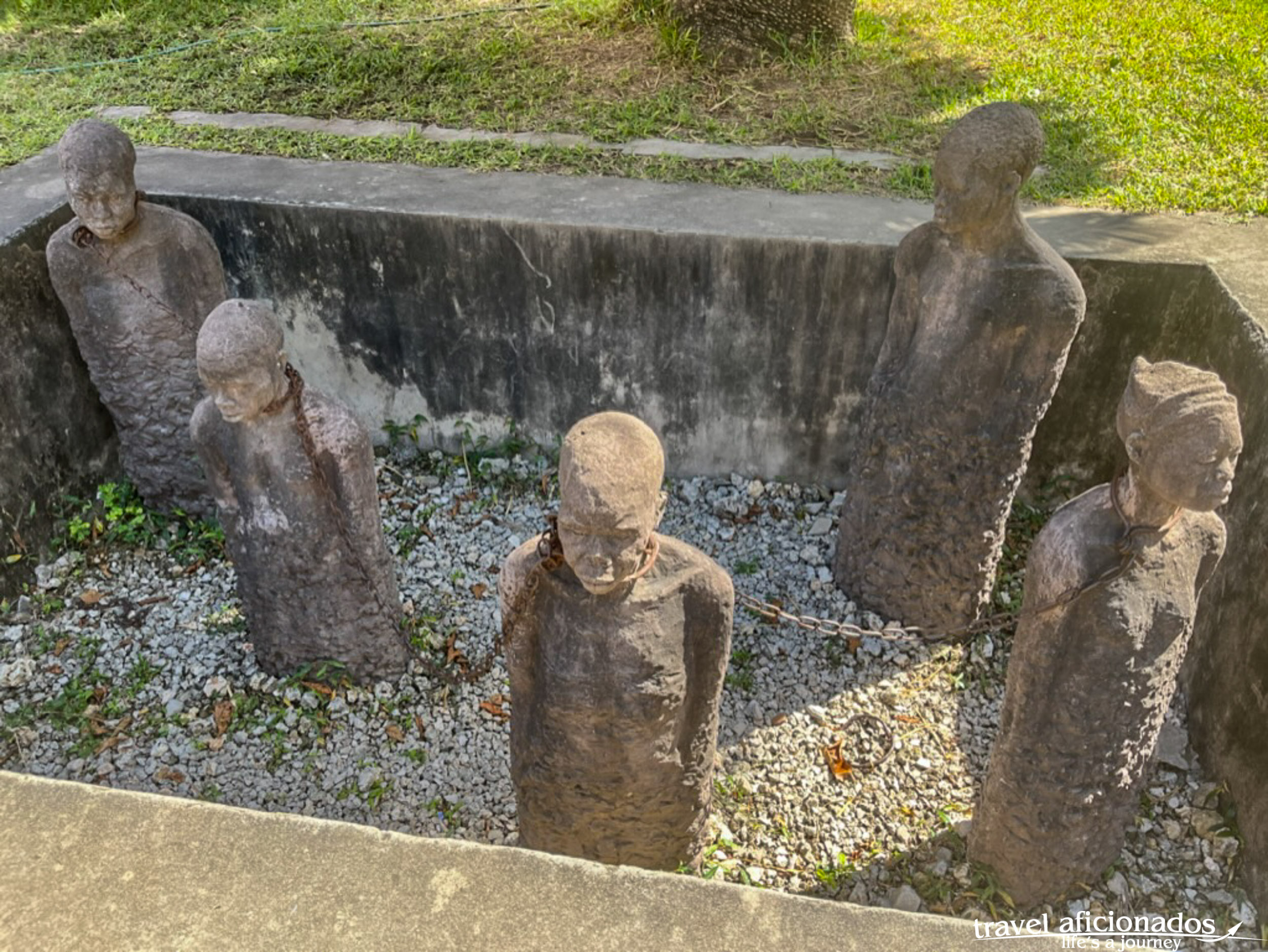
Memorial for the millions of slaves that passed through Zanzibar or worked there on spice plantations
In the mid 19th century, Zanzibar’s streets were teeming with slaves: There were tens of thousands of slaves living on the islands or passing through, making up for more than two thirds of the population. Residents from all levels of society were benefitting from the dynamic growth of a slave-based economy. Slaves who earned wages and made savings invested in slaves themselves. Slavery had always been a component of traditional East African society. During the 19th century the trade reached its climax growing into a highly lucrative business run by Europeans, Indians, Arabs, coastal people and ethnic leaders of the mainland.
The trade built on structures that had existed for centuries, like ancient routes on which the people were taken to the coast. Those marches, where the slaves had to carry ivory, were organised in caravans and often lasted for years. Many did not survive that trip, others were sold on the way. Powerful local tribes worked closely together with Arab traders. Once they reached the coast, they were sold off to what is todays Gulf States or India. For many the large, labor-intensive spice plantations on Zanszibar itself were the final destination.
Mirambo, translates “Heaps of Corpses” establised a empire by uniting many tribes. His wealth was made by trading slaves and ivory from the Great Lakes to the coast. His army consisted of Ruga Ruga mercenaries, mostly young boys, which were well equipped with fire arms traded from Europeans.
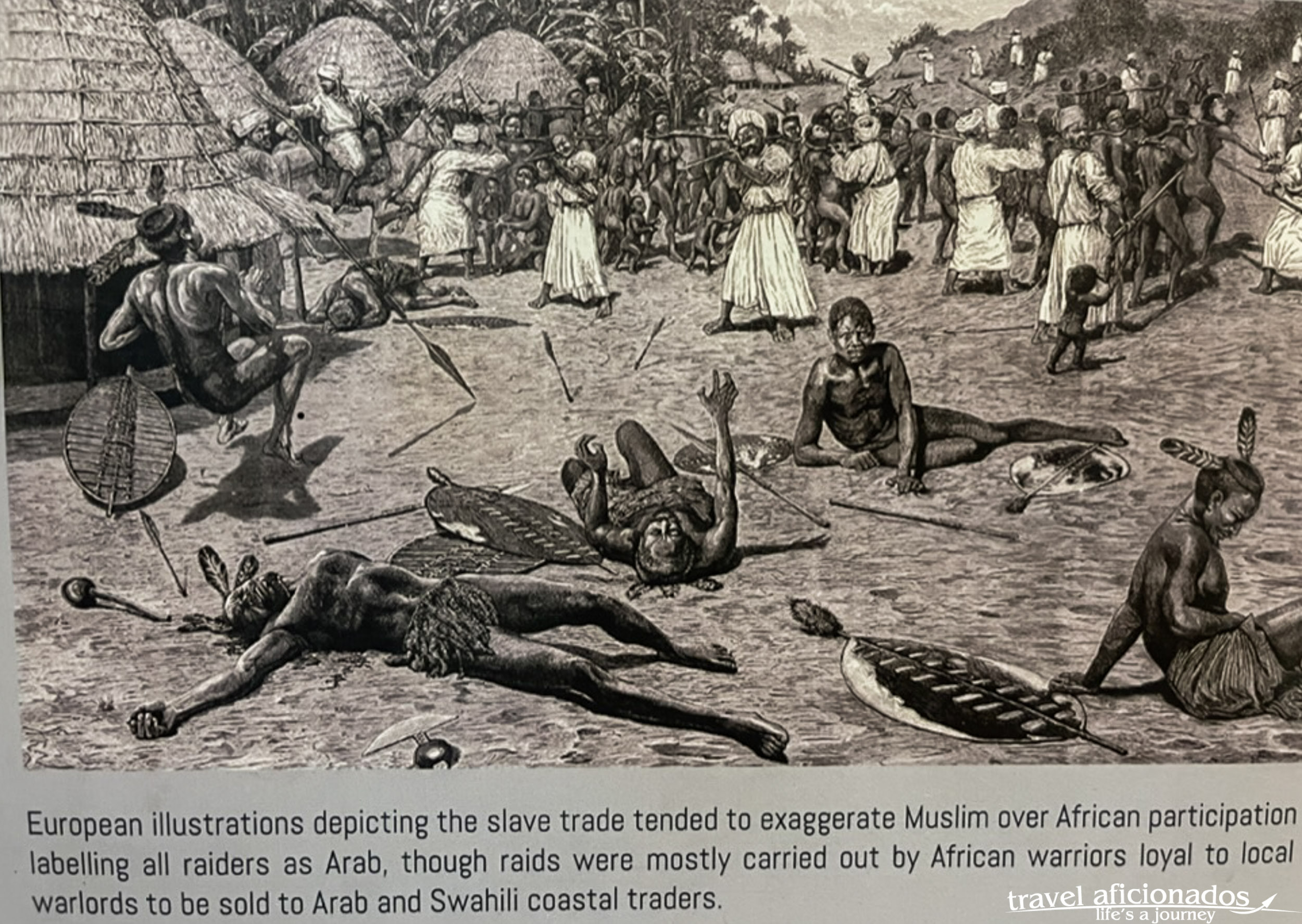
Historic photos inside the Museum of Slavery – some try to exaggerate the role of Muslim slave traders
In 1867 the Sultan of Oman stopped the slave trade, but the abolition of slavery dragged on until the 20th century. So it is well known among the local people who is a descendent from slave traders or slaves, with the latter ones being stigmatized.
The estimates numbers of people enslaved there are contradictory. Many historians compare them to the trans-Atlantic slave trade. The influx of people has ultimately enriched Zanzibar’s culture, but painful memories endure and slavery has created a divide in Zanzibar’s society till today.
The night- food-market at Forodhani Gardens, a small park on the main sea walk was my hang-out every evening. Then the park comes alive with locals and tourists enjoying grilled seafood and other local specialties.Lobster is incredibly cheap and fresh so I could not resist.
The areas is also the place where teenagers jump off the pier into the ocean doing all kinds of tricks. I was fascinated, taking hundreds of photos and videos, but most thrilling – in Europe climbing up the steep wall with rocks beneath to smash your head, would be strictly forbidden. I held my breath very time a young man climbed up, especially the young ones had difficulties finding a grip and pulling themselves up.
Another favorite place in Stone town was the food market with it the colourful spices, vegetables, fruits and fish, each has its section.
- Fish section of Darajani Market
- Fish section of Darajani Market
- Fish section of Darajani Market
The many cameras on many street corners made me curious- the answer I got was bizarre: the Israeli Government had insisted to have those installed to protect its citizens when vacationing on Zanzibar.
Changu Island – Tortoise Sanctuary
As soon As I stepped off the boat and walked up a few stairs I was surrounded by giant tortoises and guides, who offered to take you around. These animals are the reason why tourists – locals and foreigners alike -come to visit. But the island itself is gorgeous, sandy beaches, blue-green waters and even the ruins of a former prison for enslaved people can be visited. The island also functioned as a quarantine station, but soon became popular among European people and local residents, being only 3 miles away from Stonetown.
Tortoises get so old that a few may have been there since 1919 when the British Governor of Seychelles sent four tortoises to Changu Island. By 1955 they numbered around 200 animals. However people began to steal the tortoises to sell them abroad as pets or for food and their numbers dropped rapidly, by 1996 only seven were left. The Zanzibar government, with the help of World Animal Protection built a large compound for the protection of the animals and by 2000 numbers had recovered to 17 adults, 50 juveniles and 90 hatchlings.
Spice farms + world-class beaches
Trips to spice farms are advertised all over the island and after wandering through Stone Town for days, I needed a change. We arrived early and the staff was scrambling to set up the stalls, where packaged spices are pushed on visitors after the tour. I must admit it was interesting to learn about the plants that produce cinnamon, cloves, pepper etc. But again, I could not develop the enthusiasm this trip deserved, since my brain was overloaded with impressions and my body was simply exhausted
To visit the spice farm, I invested in a taxi, since I figured I could not leave Zanzibar without seeing what the vast majority of tourists comes to Zanzibar for: its pristine, palm-lined, world-famous beaches. The taxi took me to the very tip of the island, to Nungwi. The place reminded me of Kho Samui in the 1980s, souvenirs stall, bumpy unpaved roads, very touristy. The resorts are right on the ocean, yes it is beautiful, really beautiful but I am not a beach person, so after looking around I decided to head back to Stone Town the same day. I was also a bit anxious since I had not booked a flight back yet.
Going home in luxury
Sheer luck took me the website of an unknown Italian airline that offered direct flights from Stone Town to Rome and Milano for incredible €150. When we checked in I was already wondering why I saw so few people. Well, the plane was basically empty, it was the first flight of this company to Zanzibar after the pandemic.
In Rome I checked into a hotel near the airport and took a morning flight home to Vienna the next day. I still remember enjoying the dish of pasta and a glass of Italian red wine, after travelling for a month through South-East Africa. Not that I did not enjoy the local food, but pasta served by an Italian speaking waiter felt so close to home that I got almost emotional.

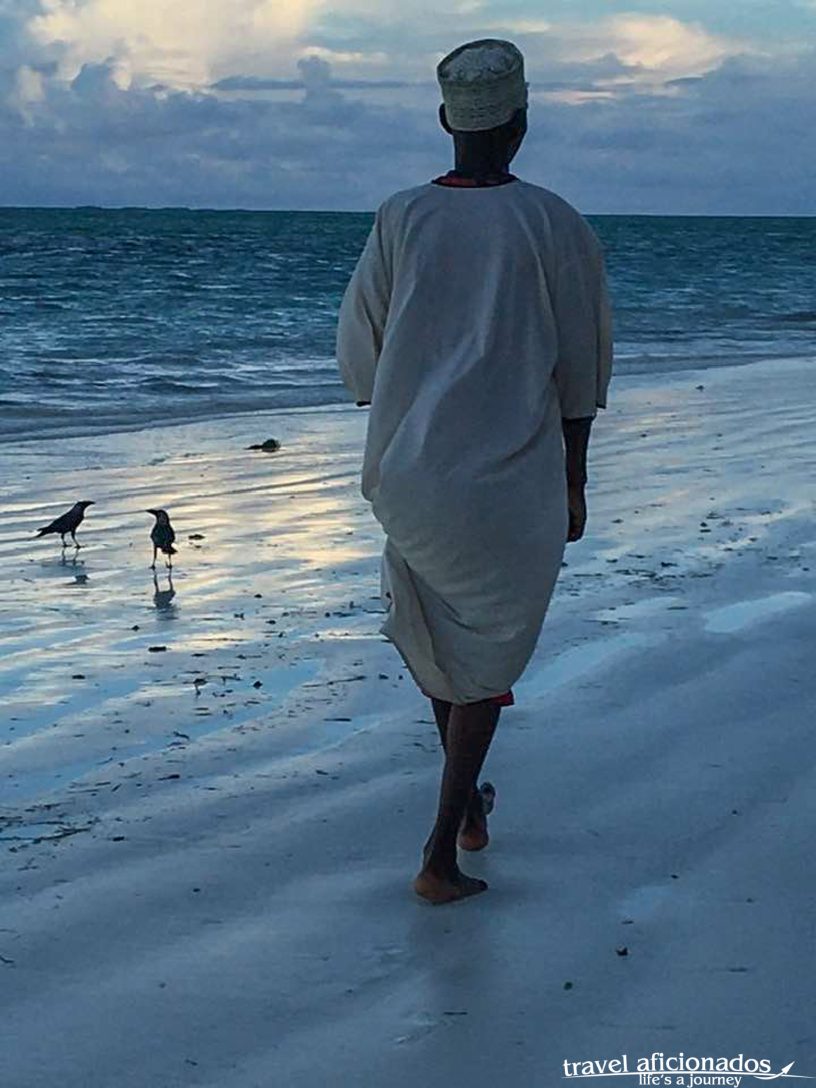
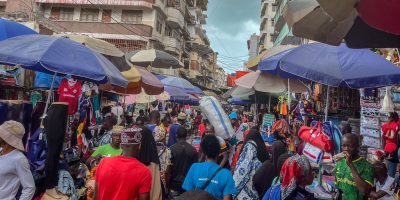
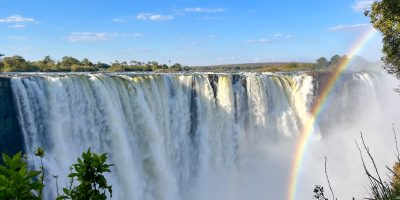
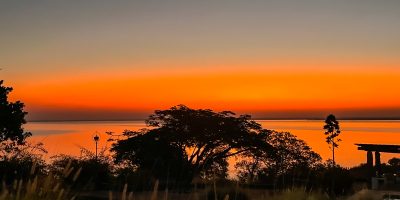
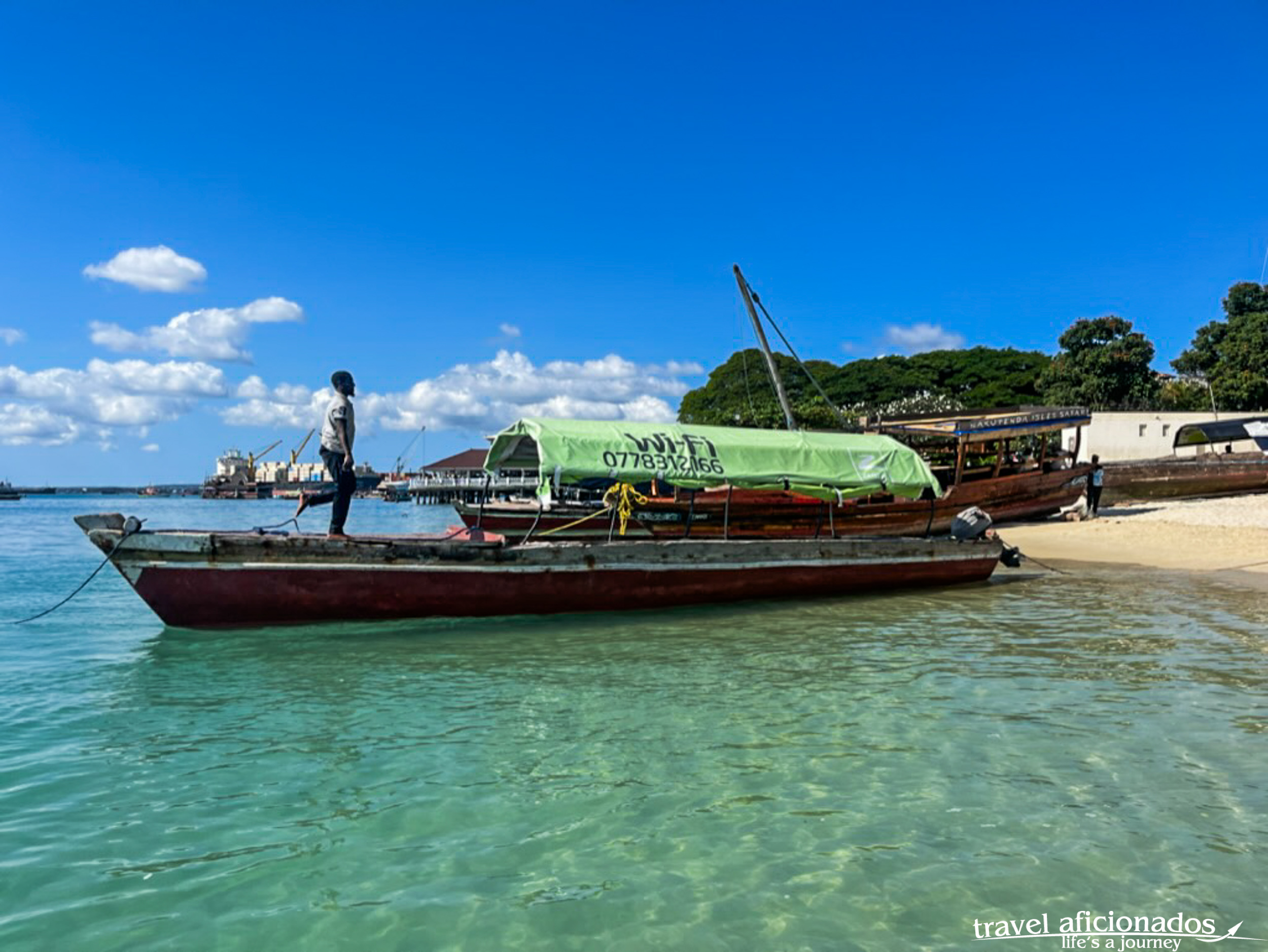
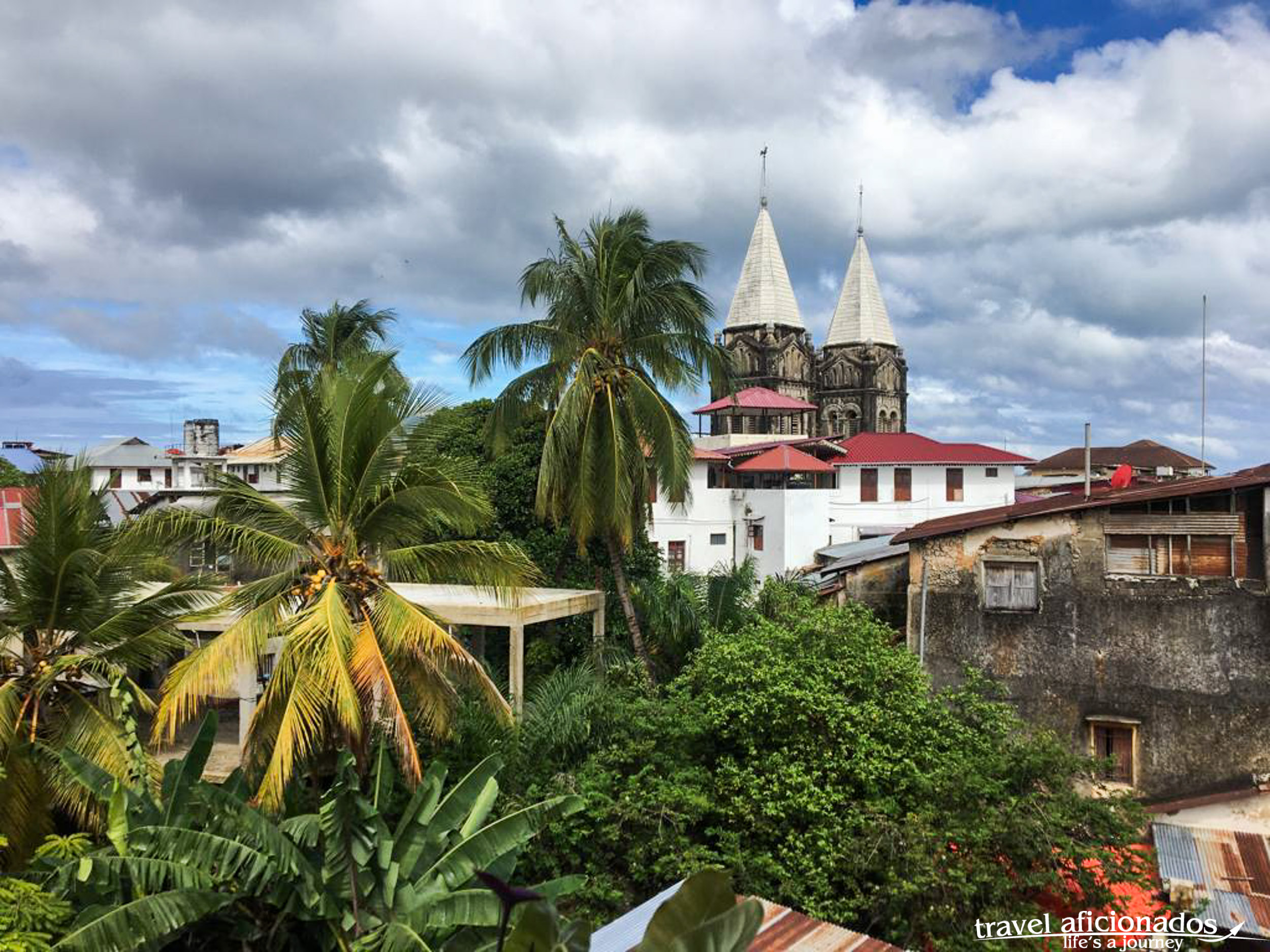
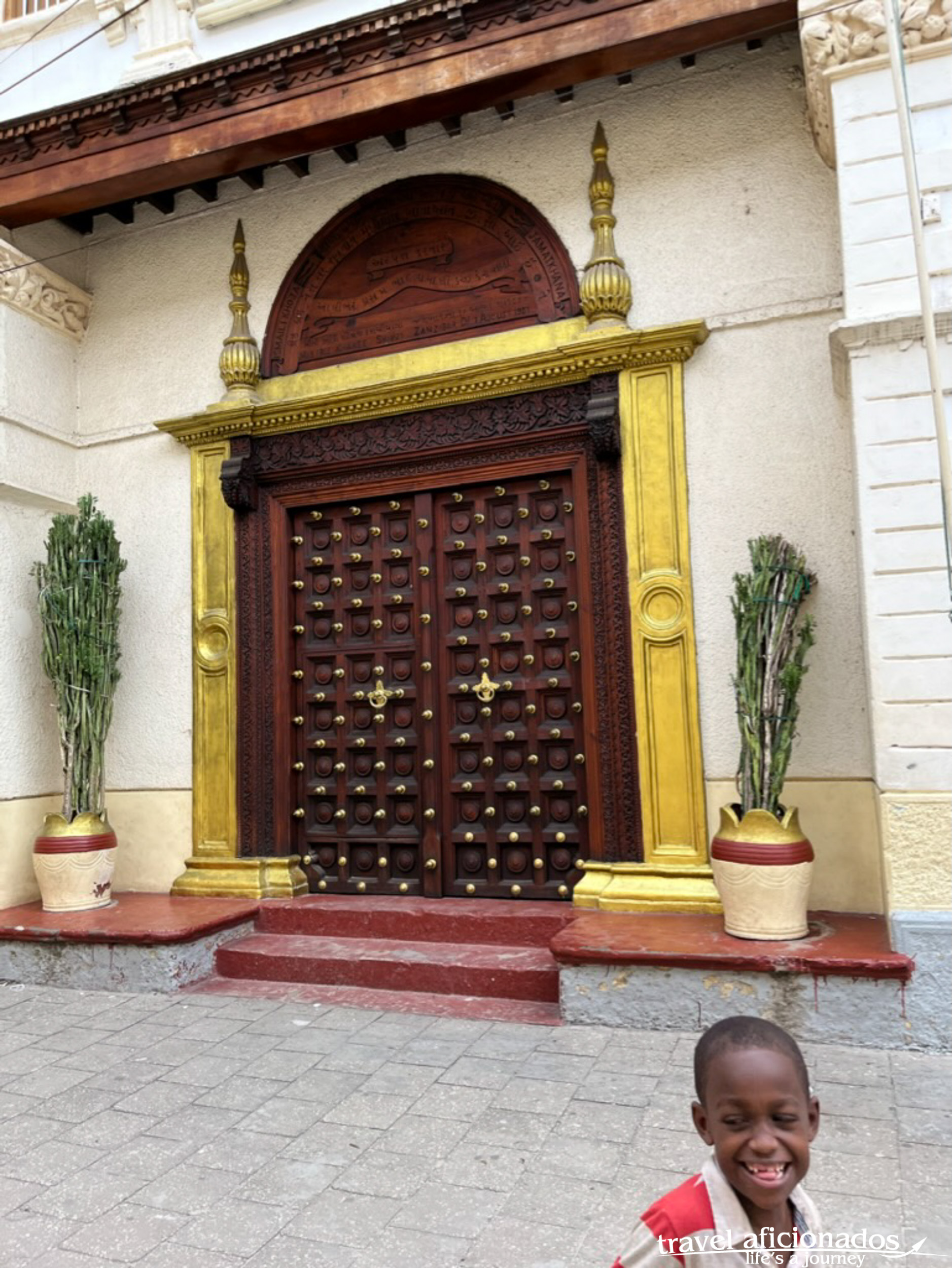
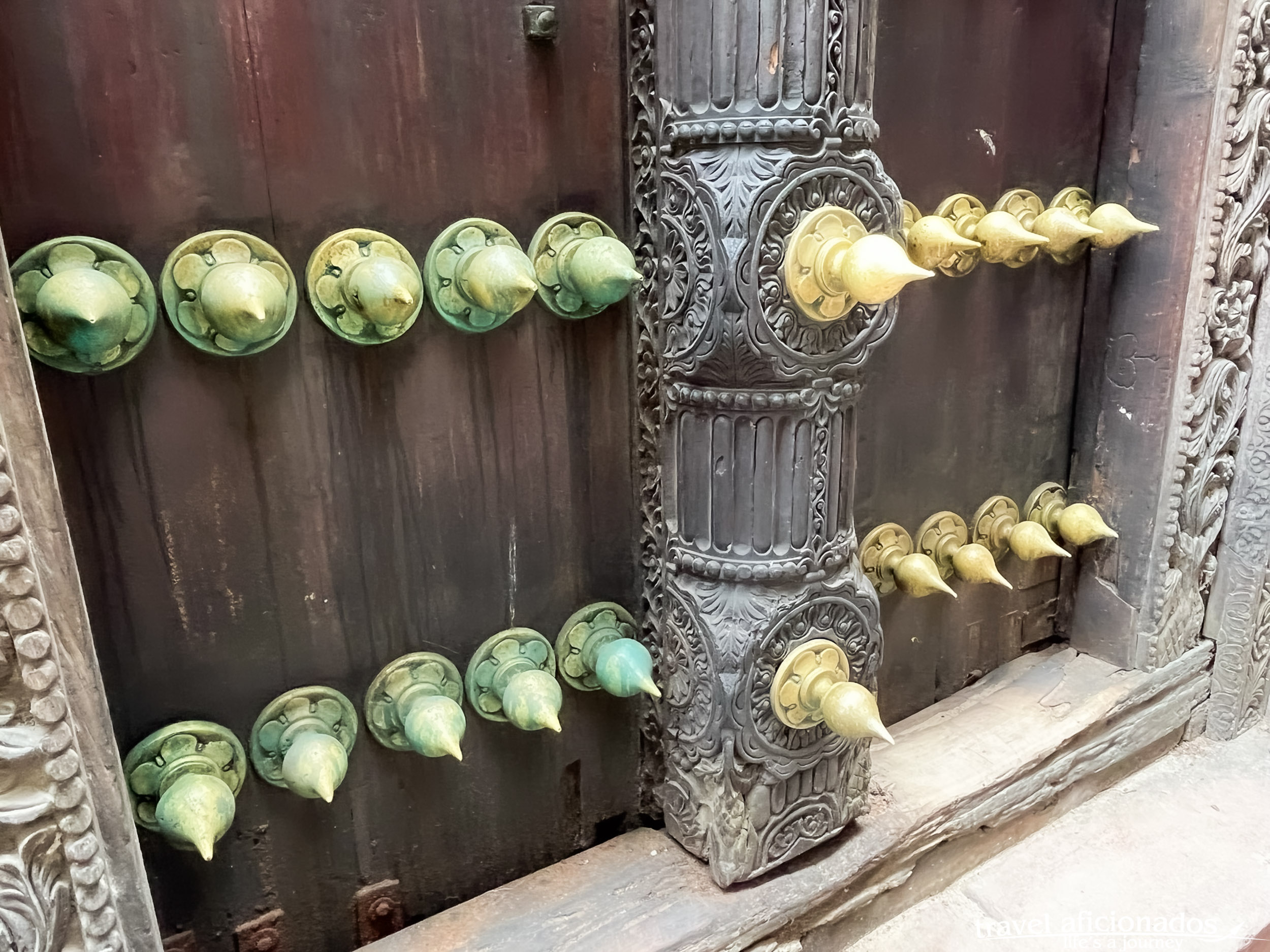
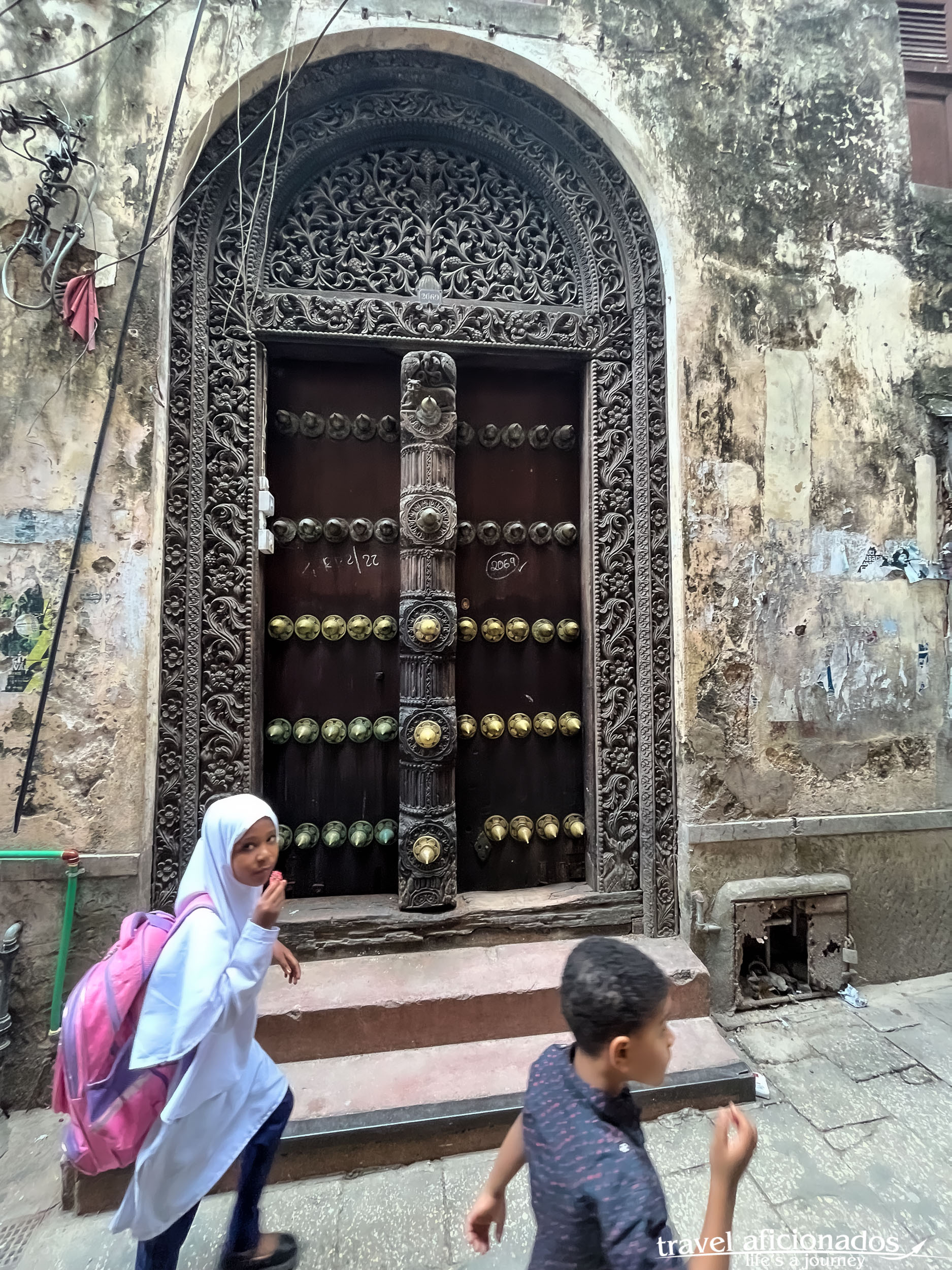
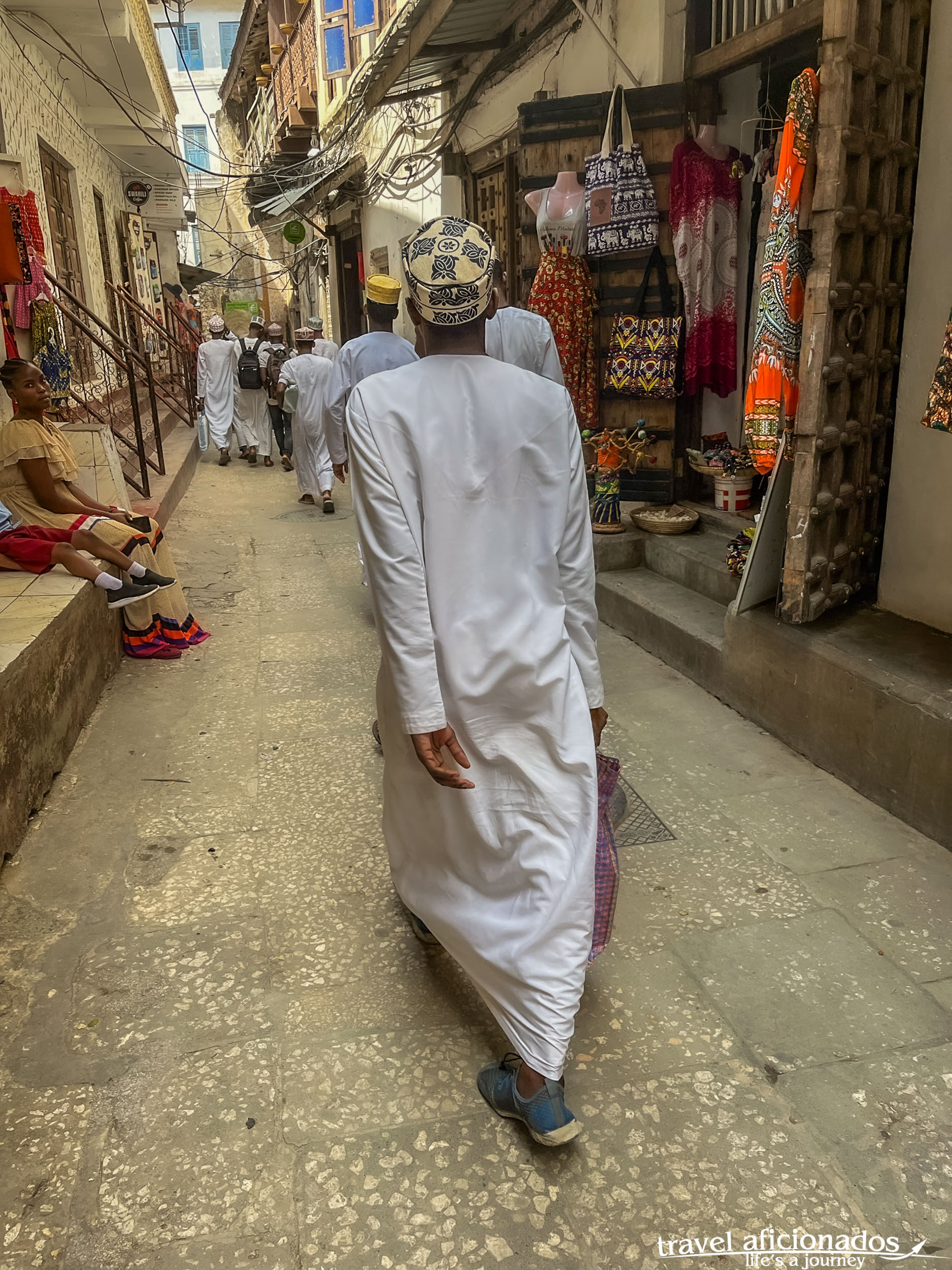
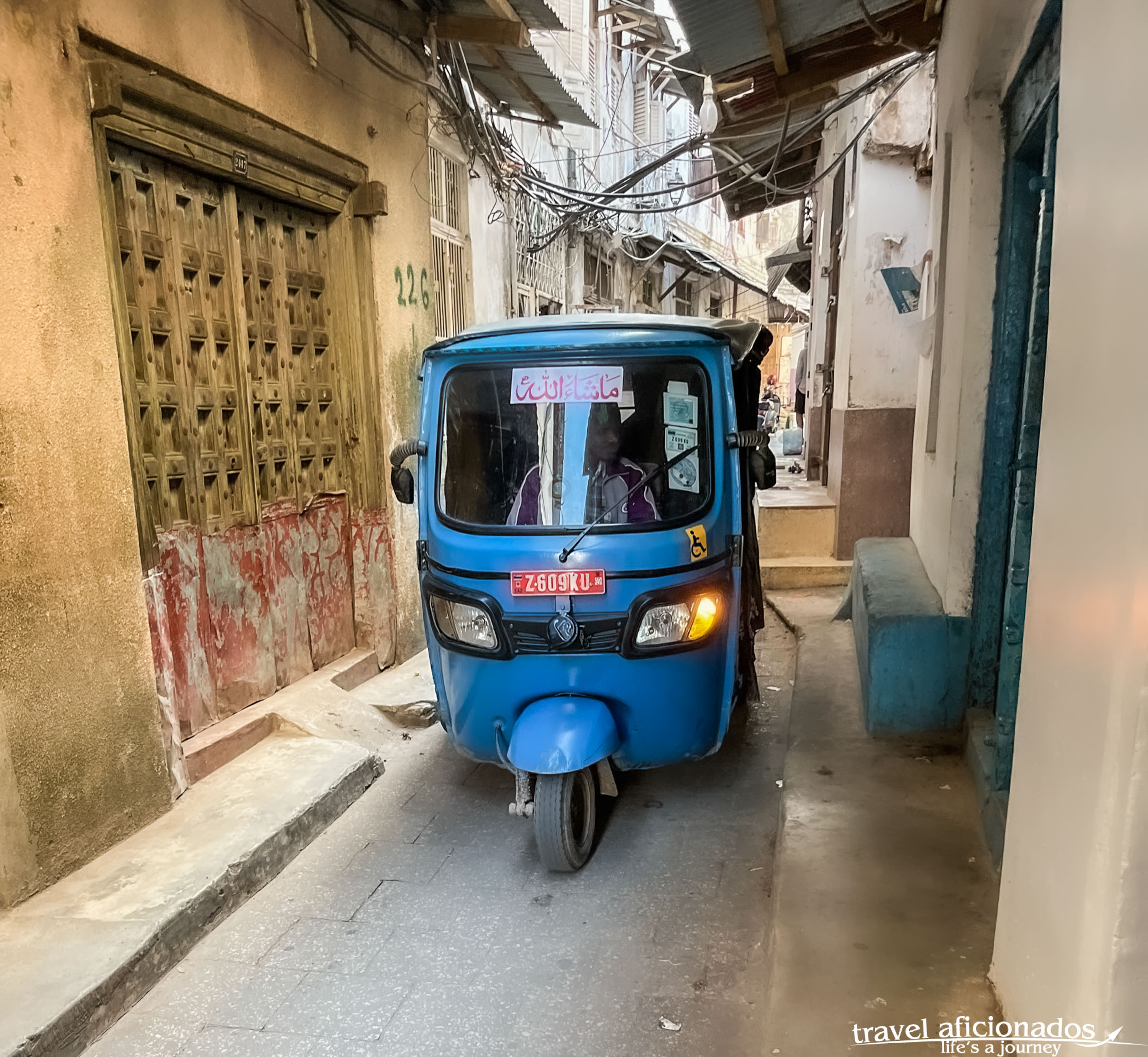
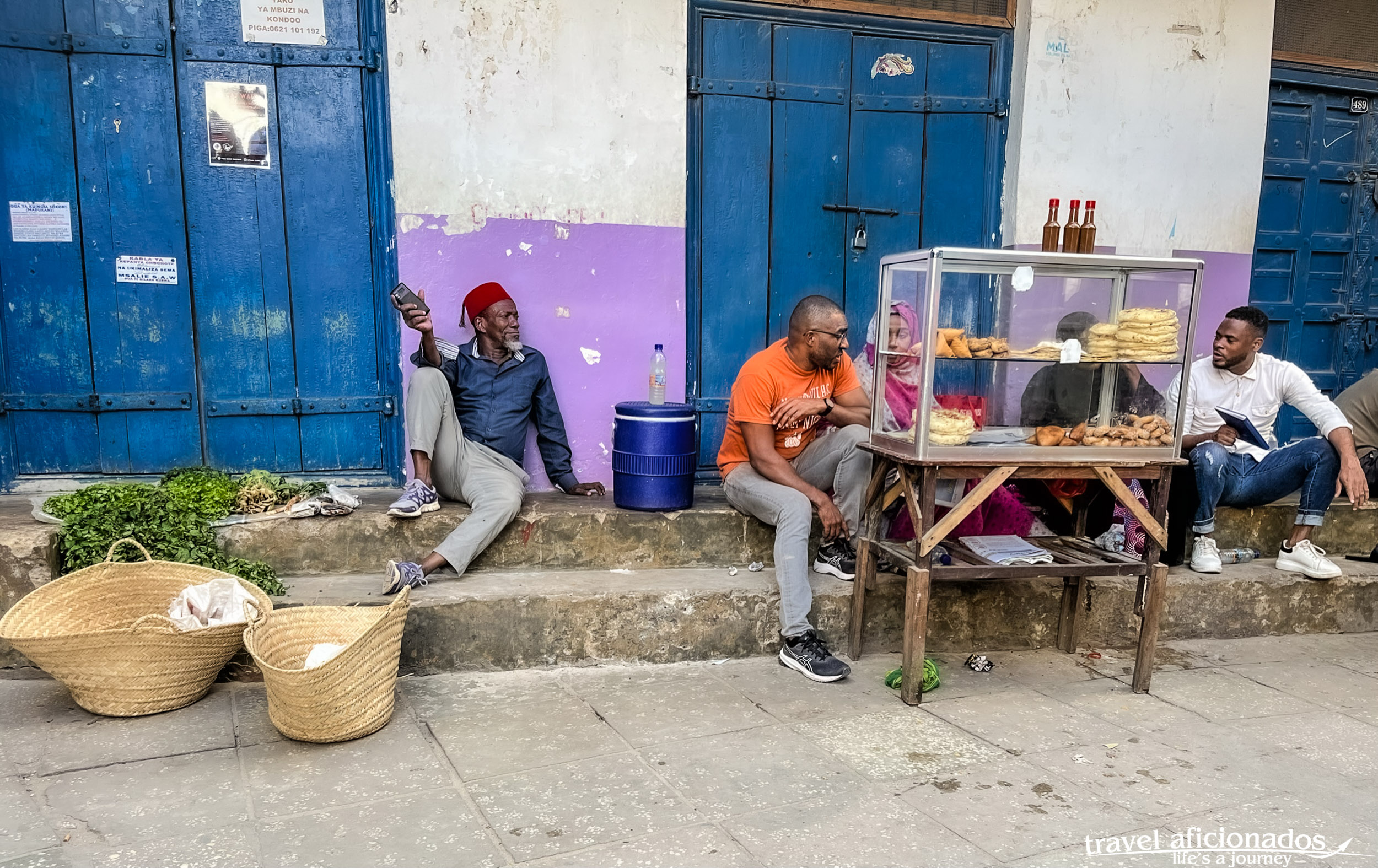
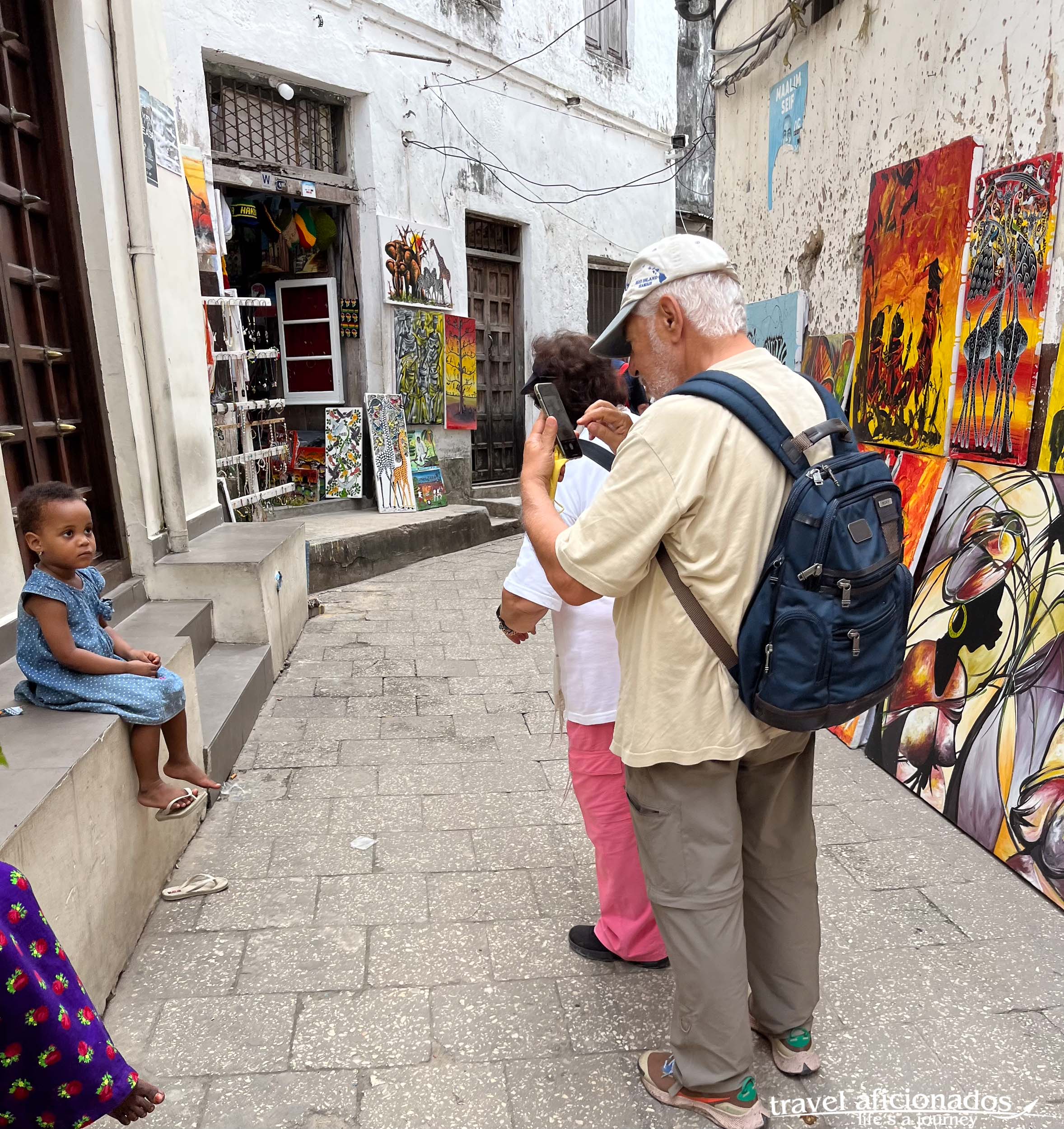
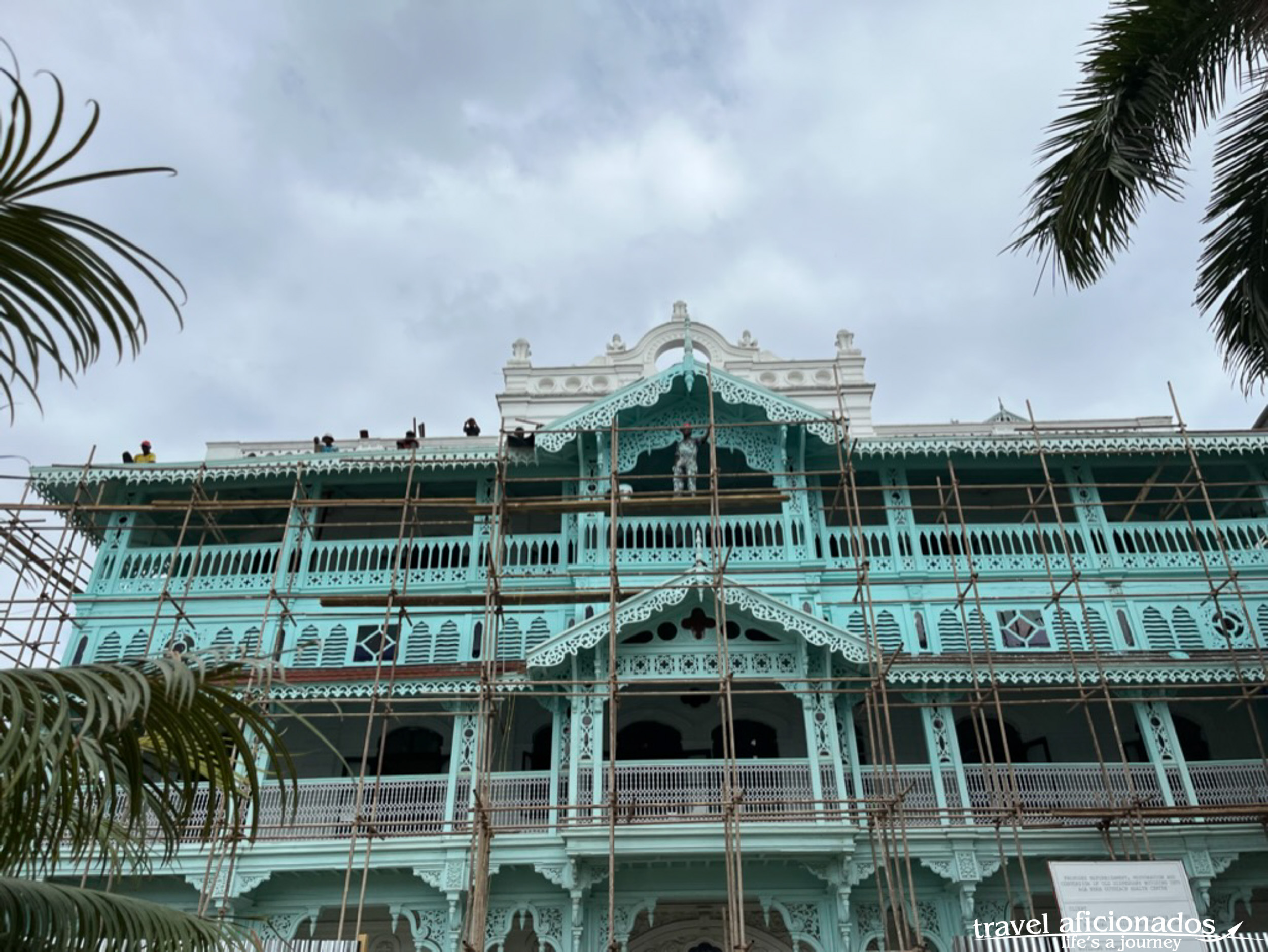
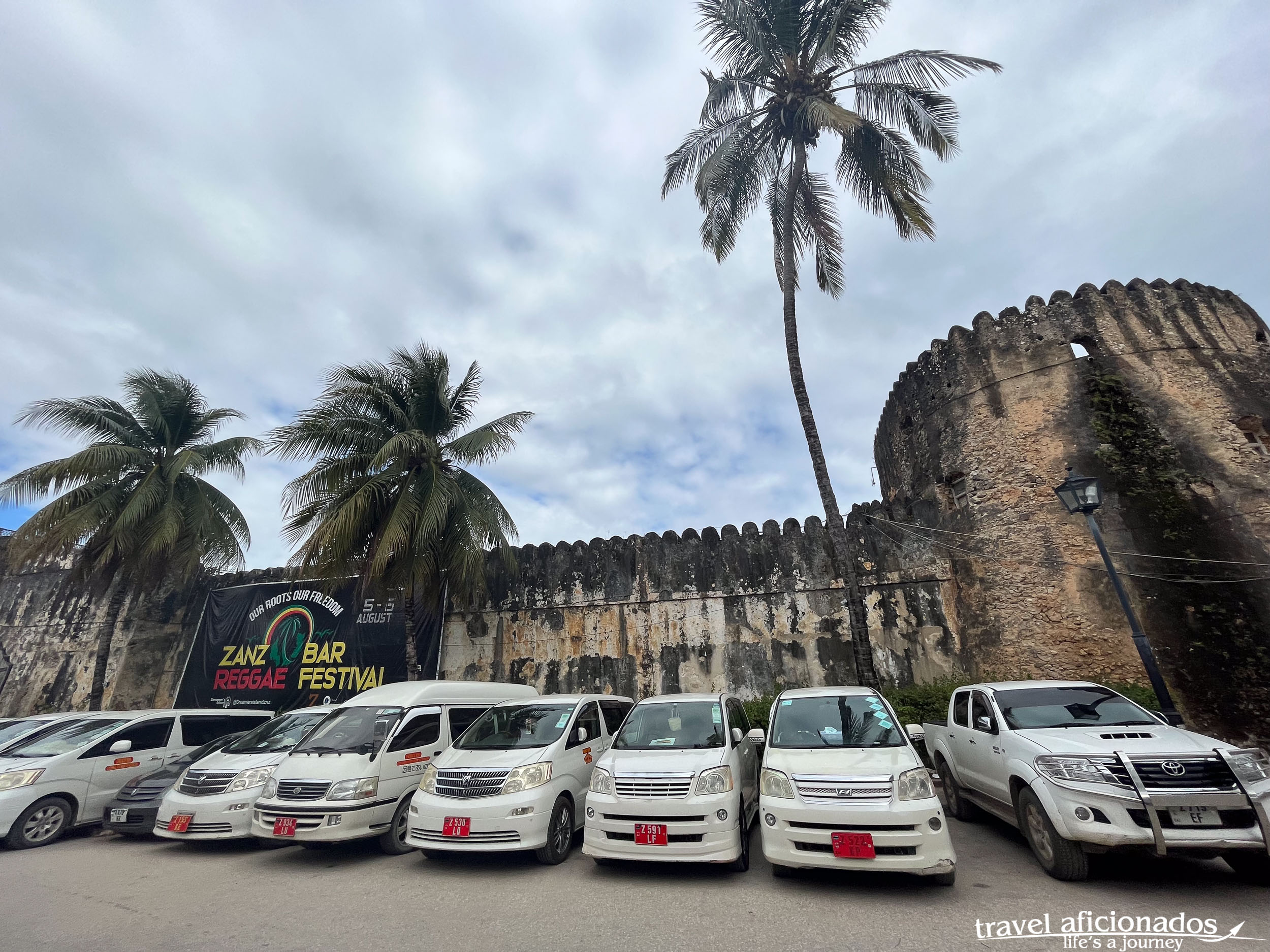
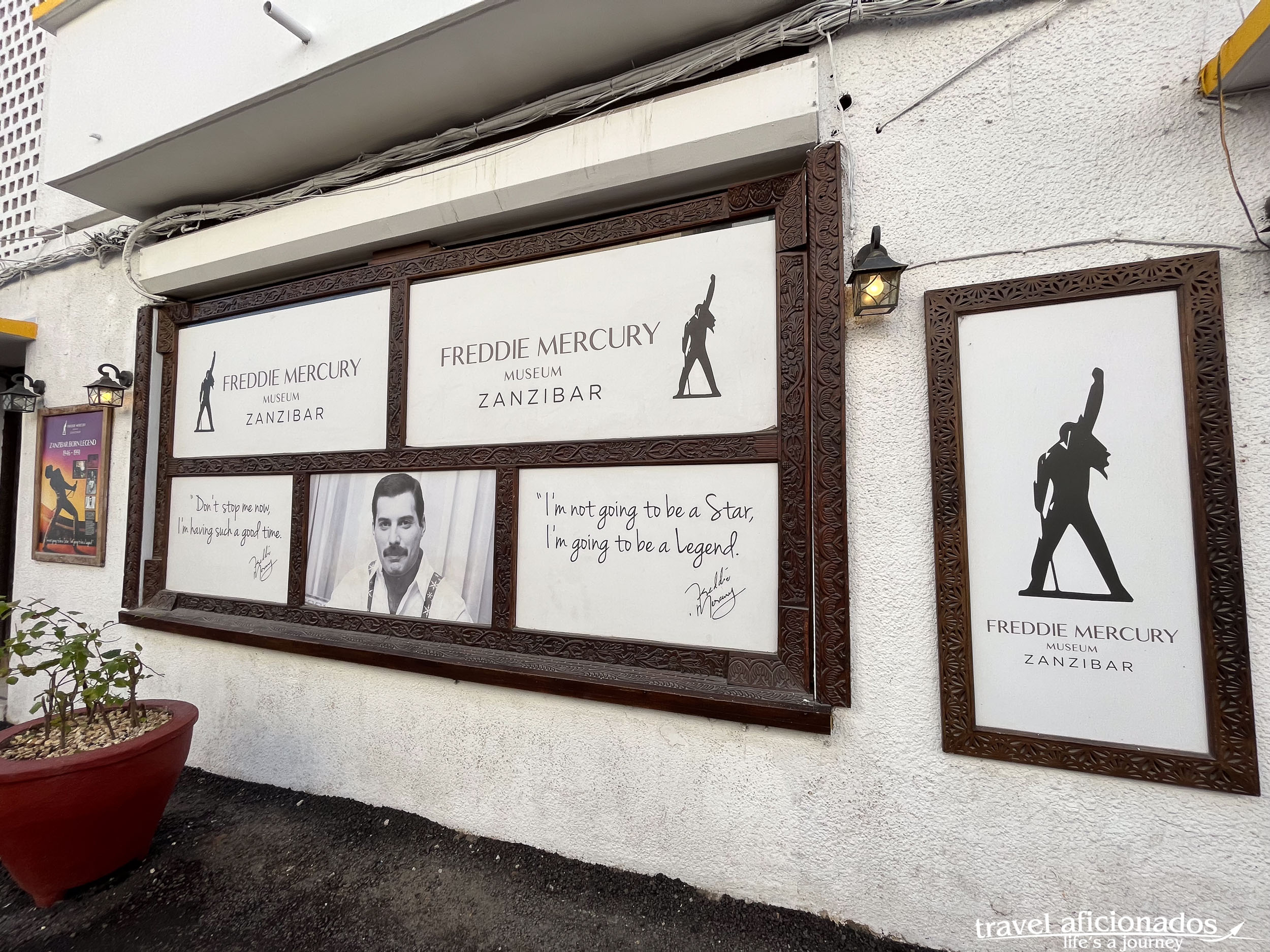
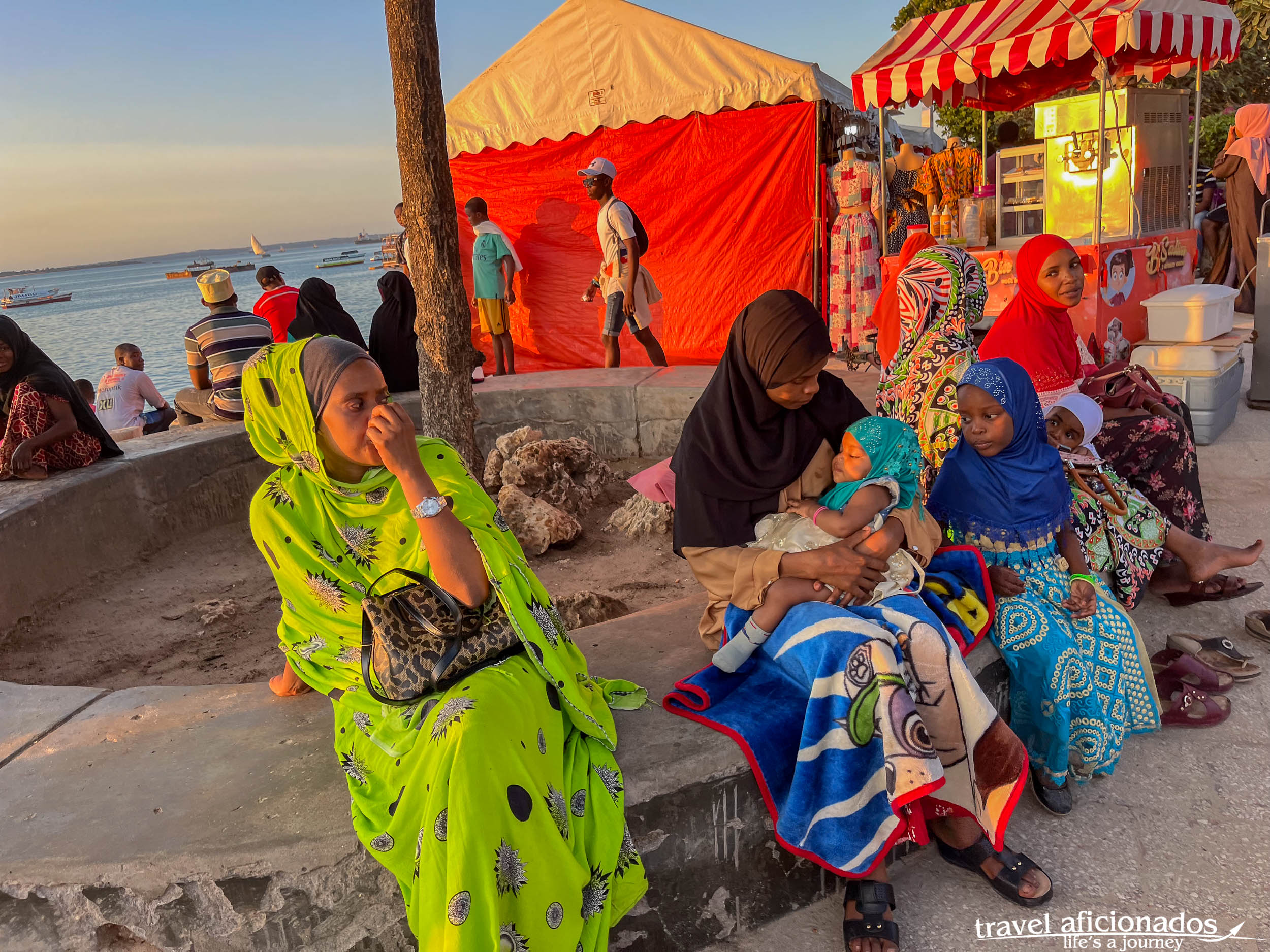
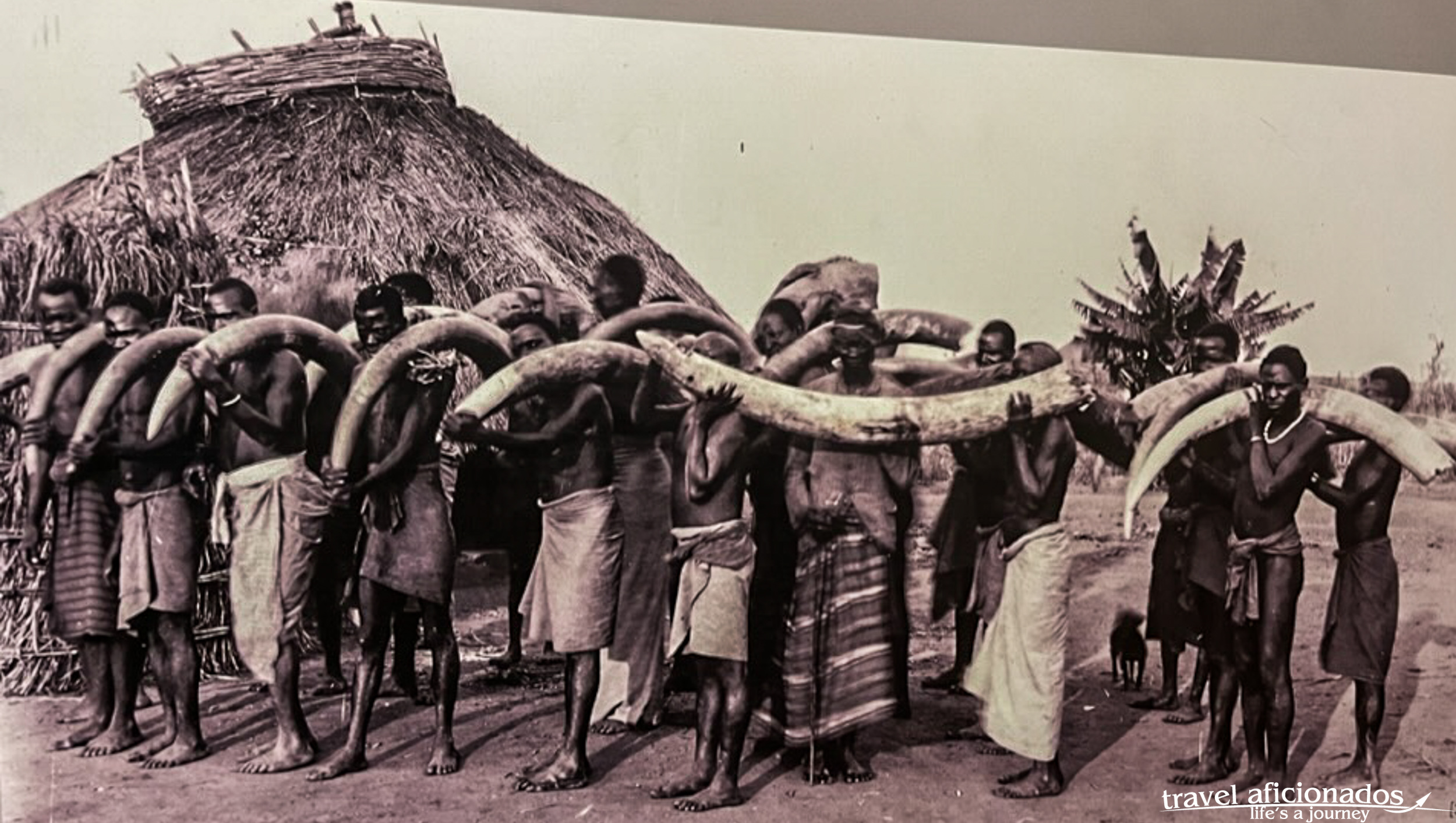
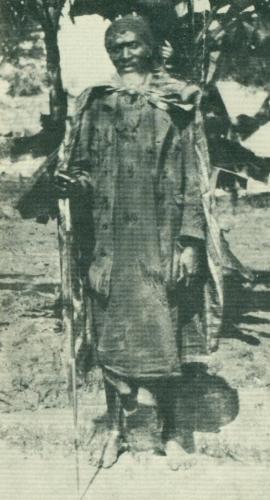
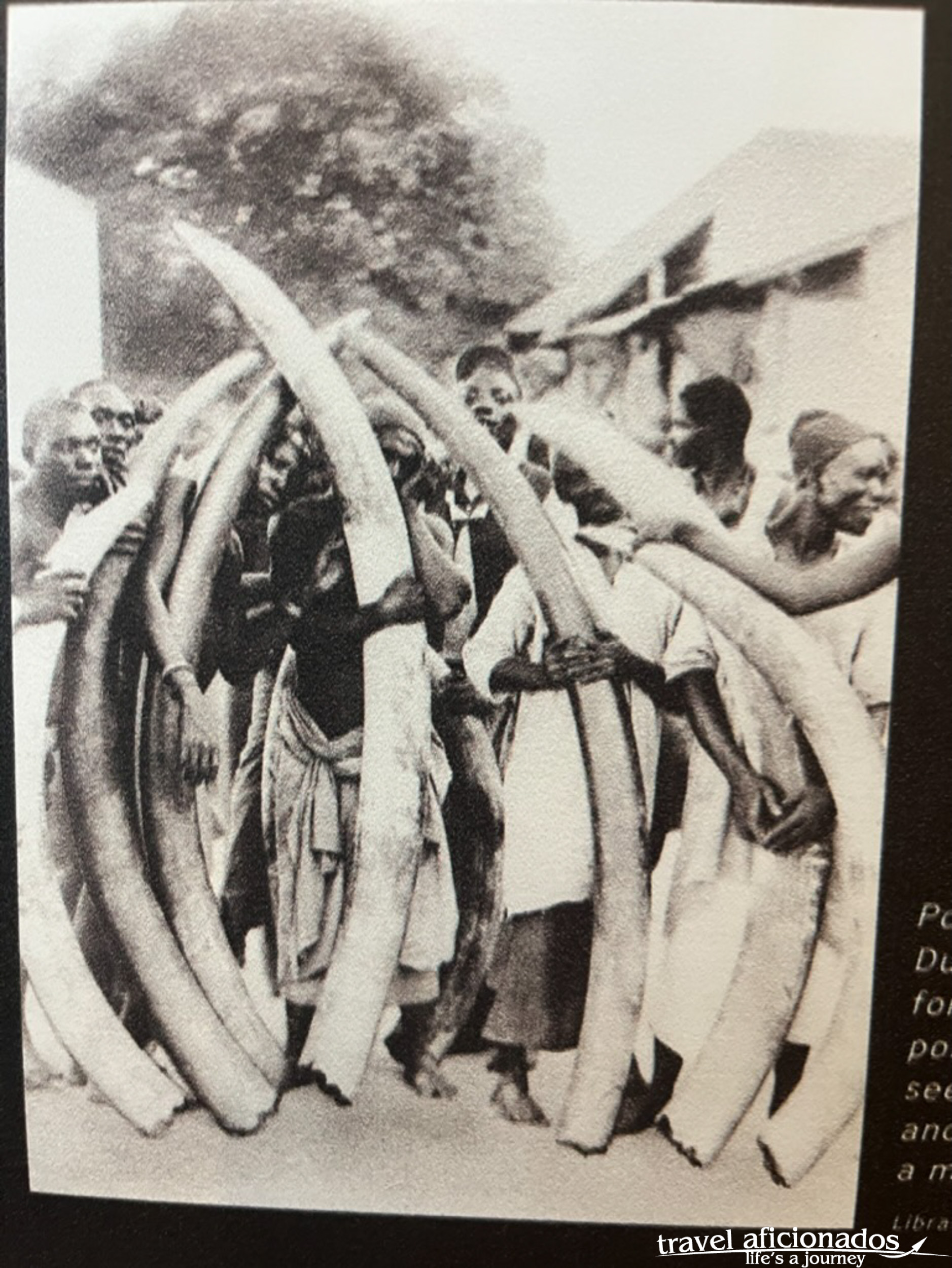
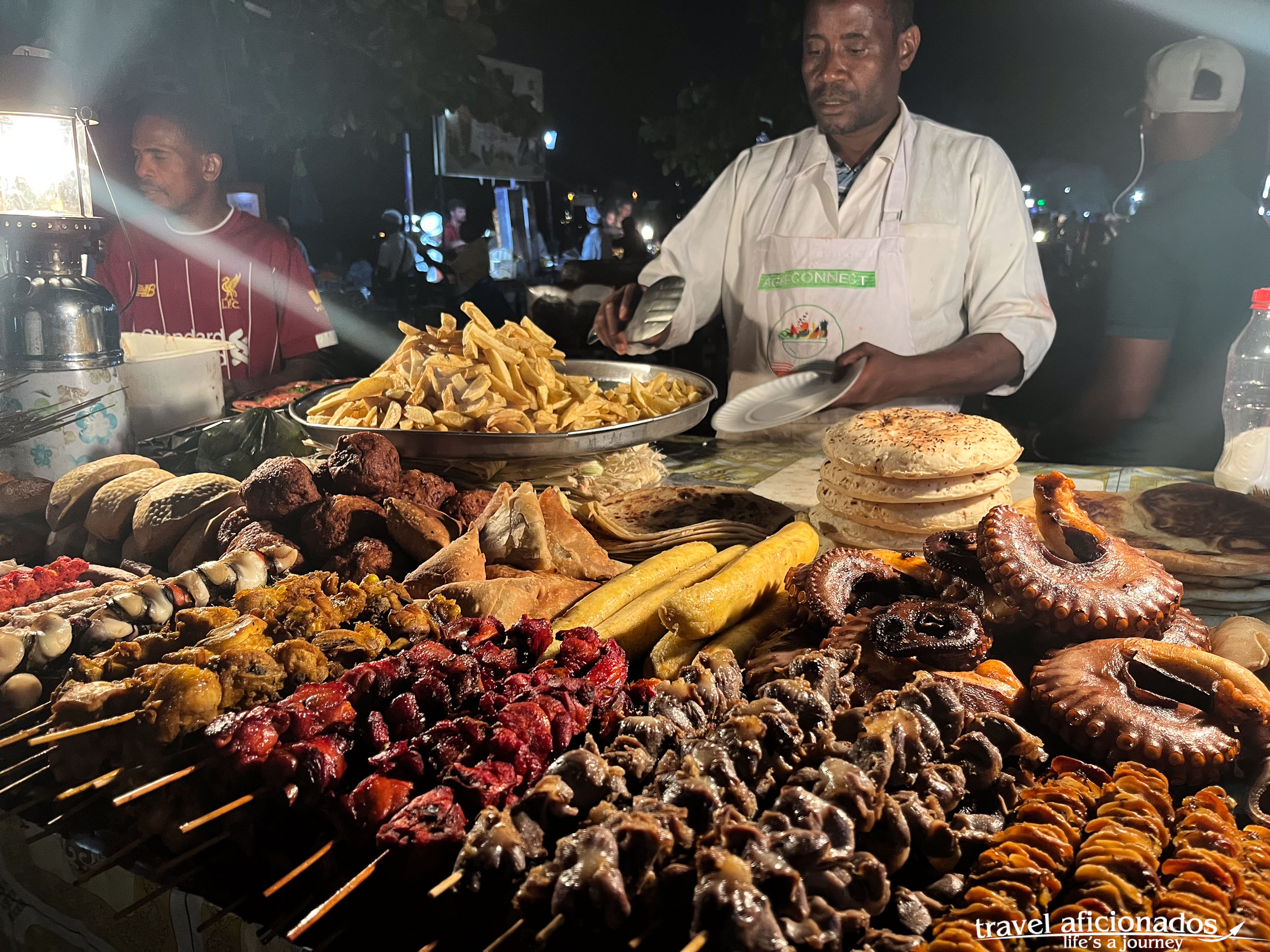
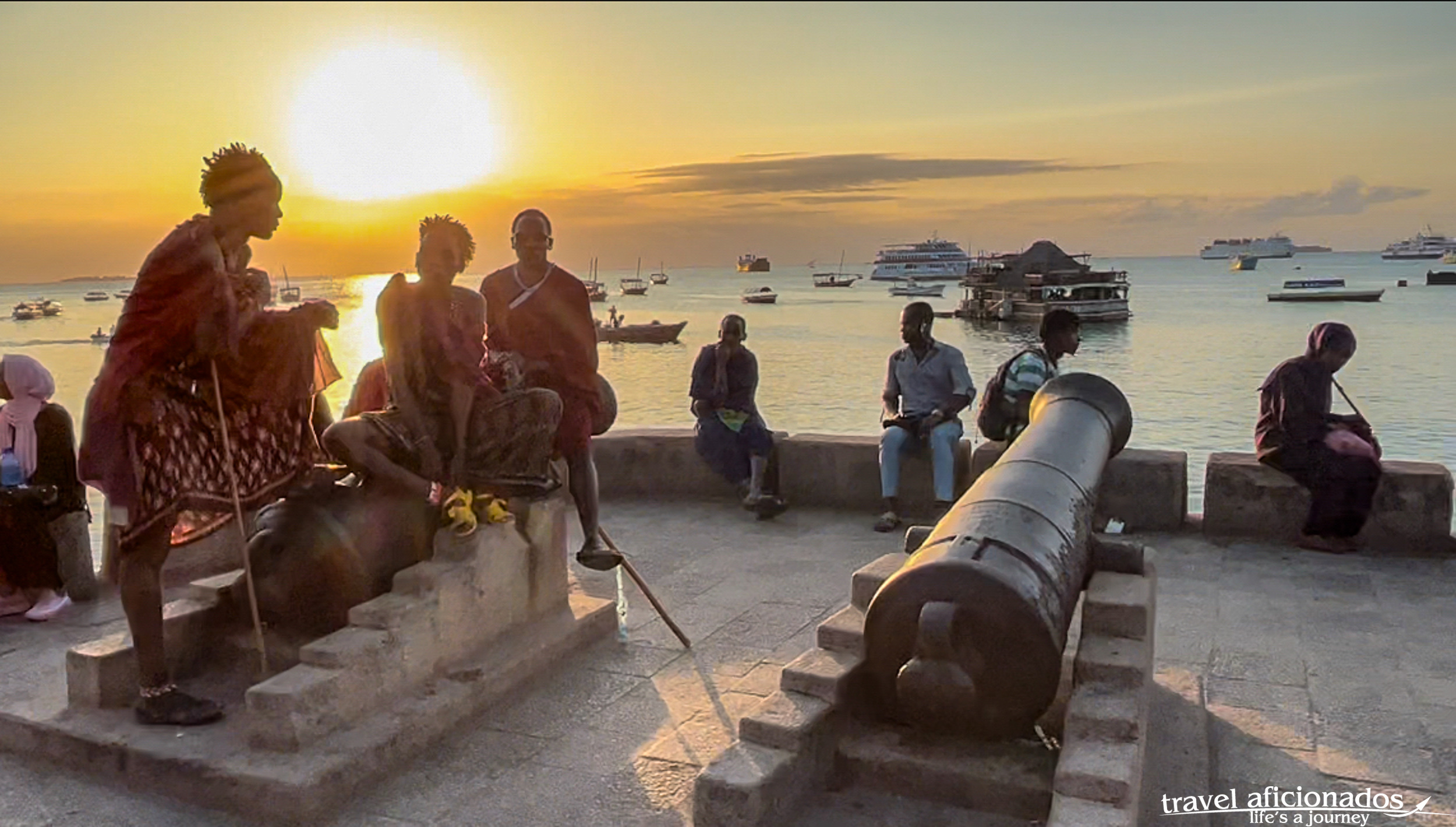
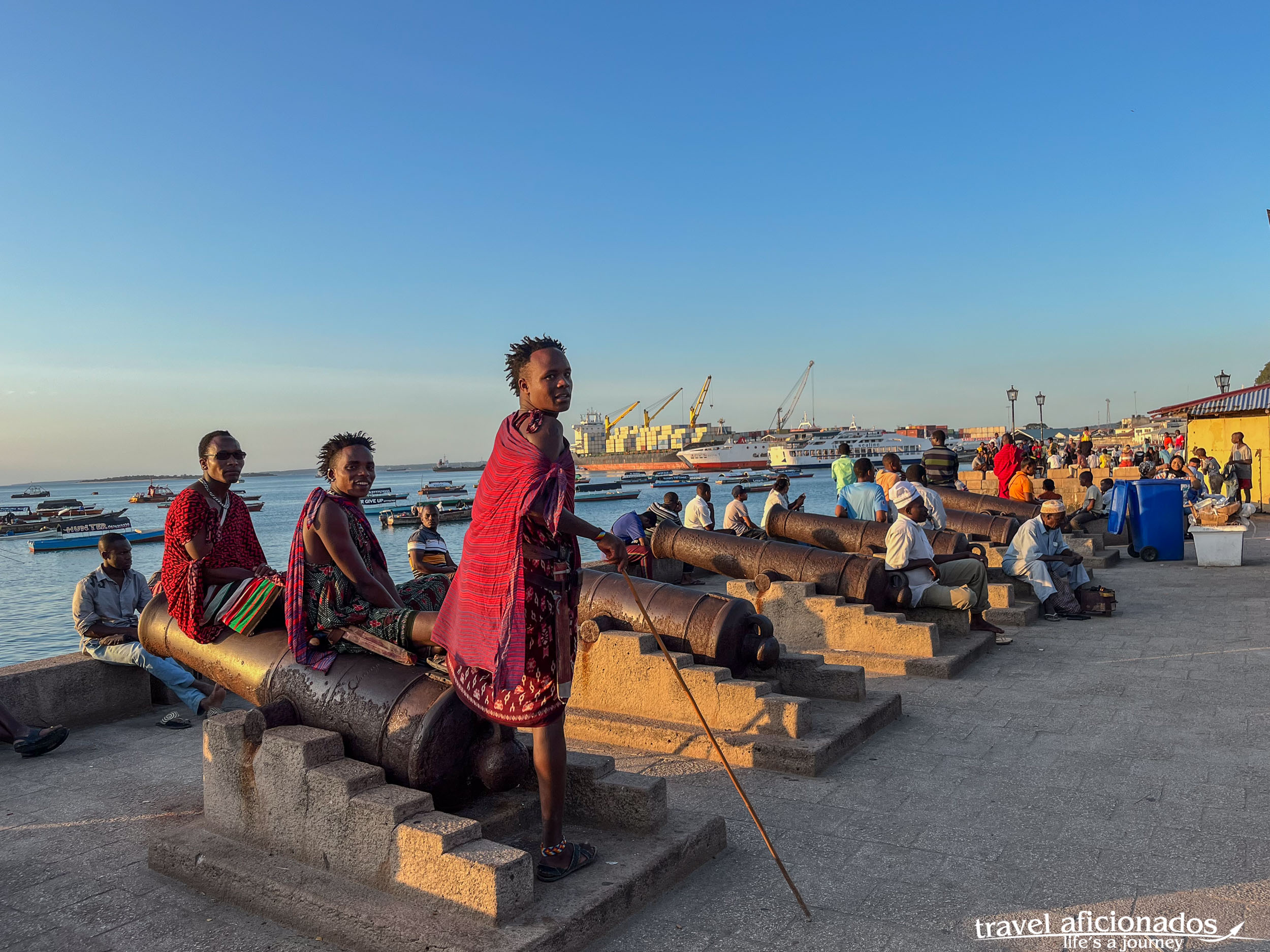
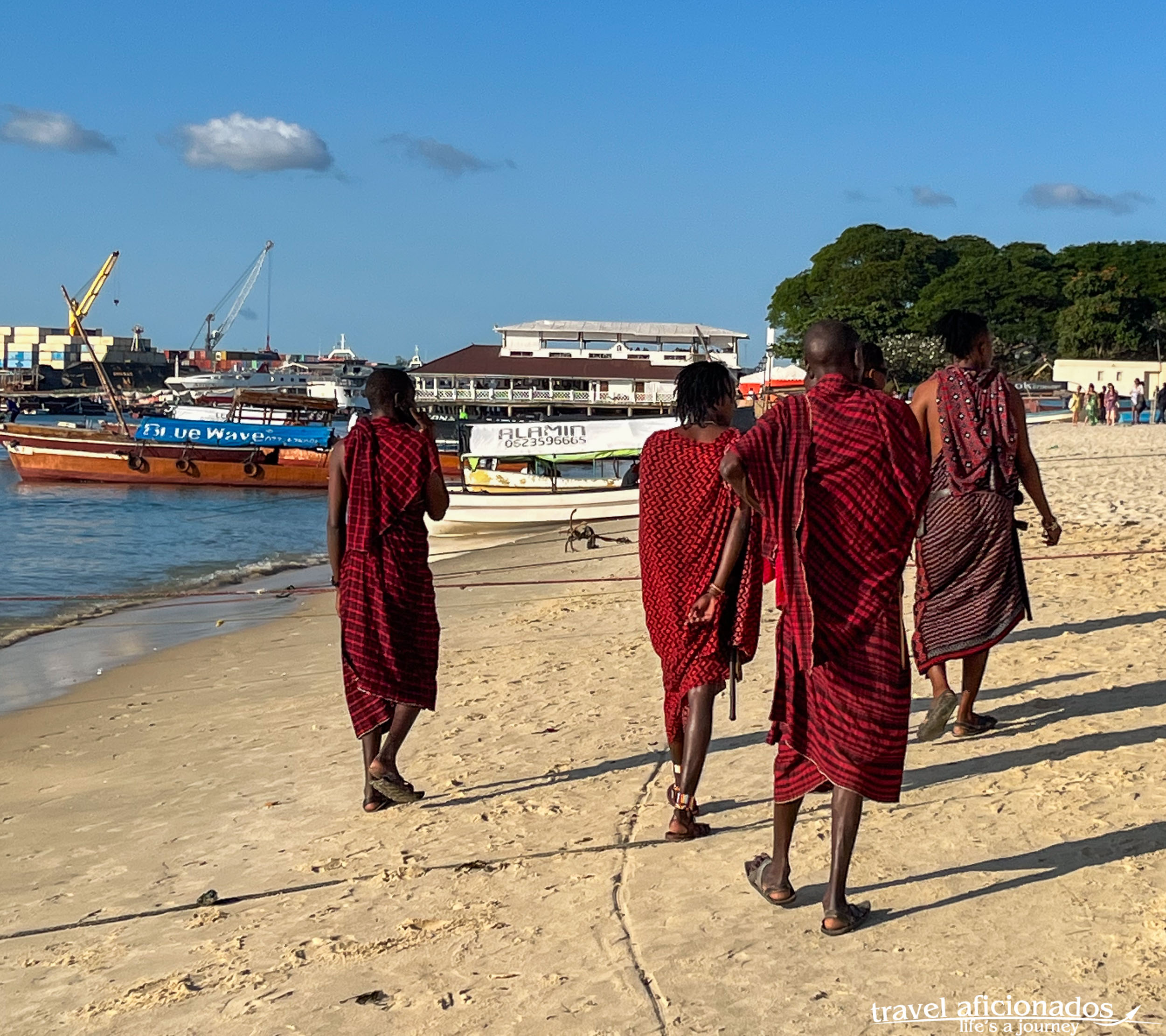
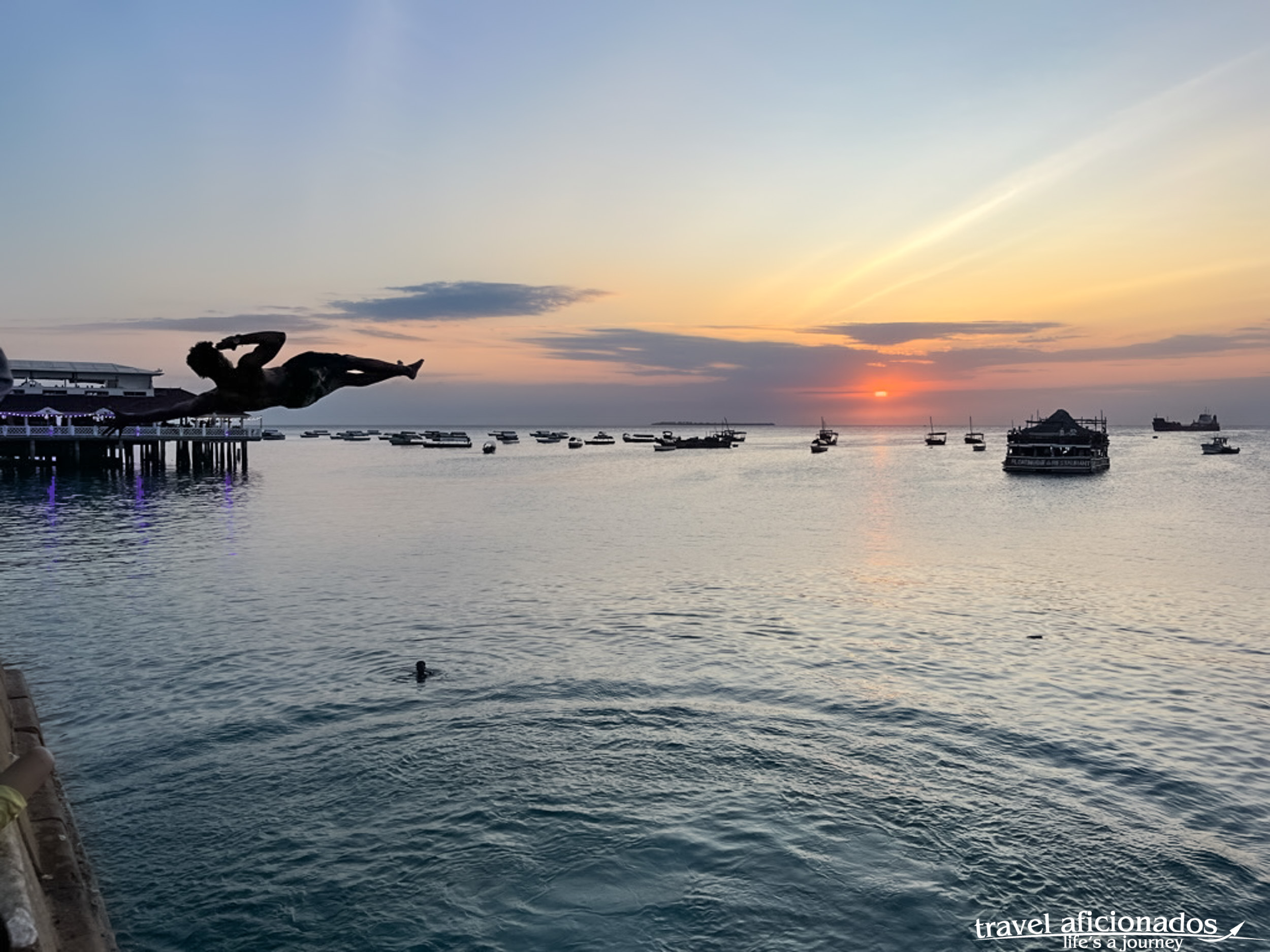
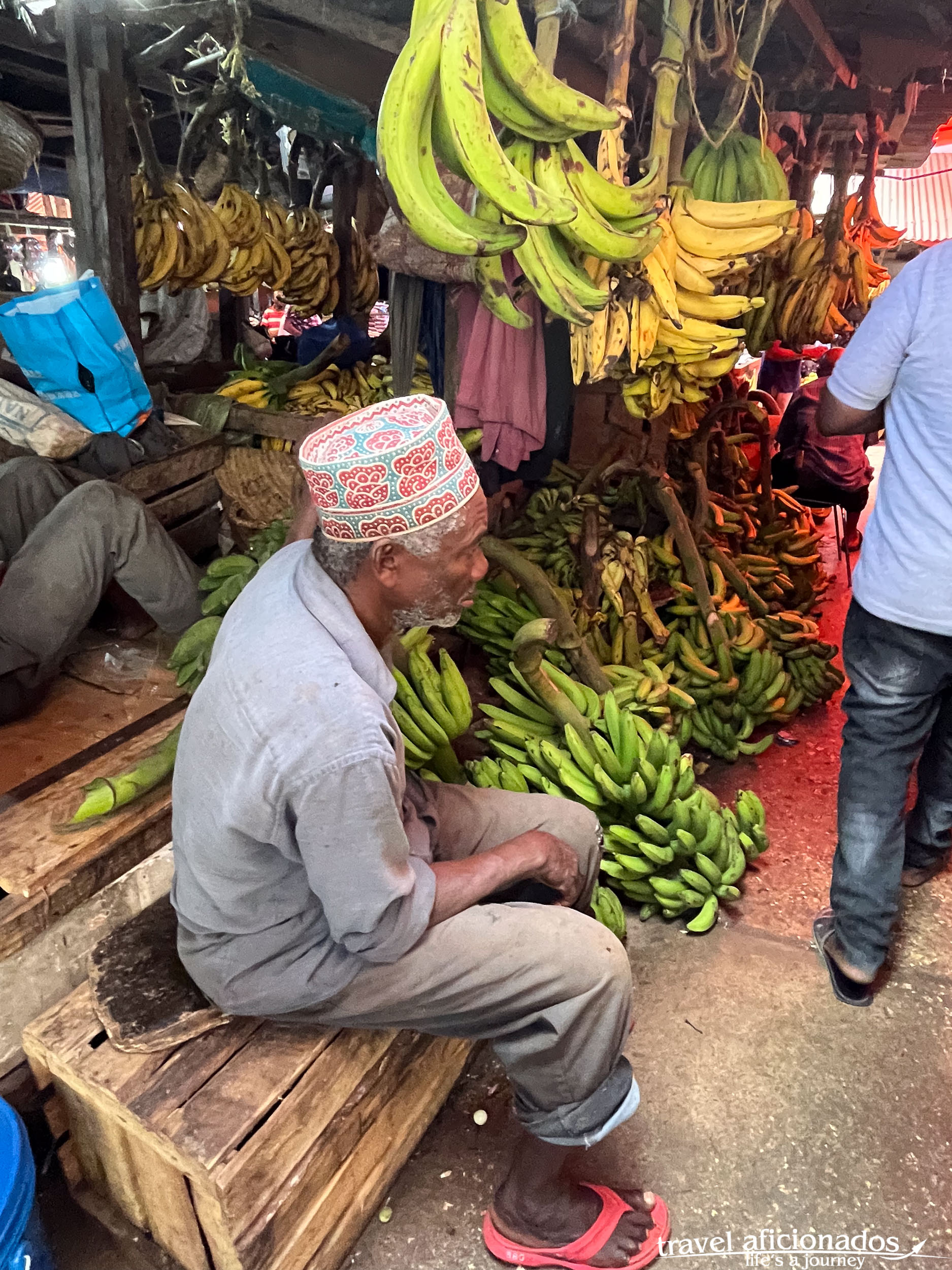
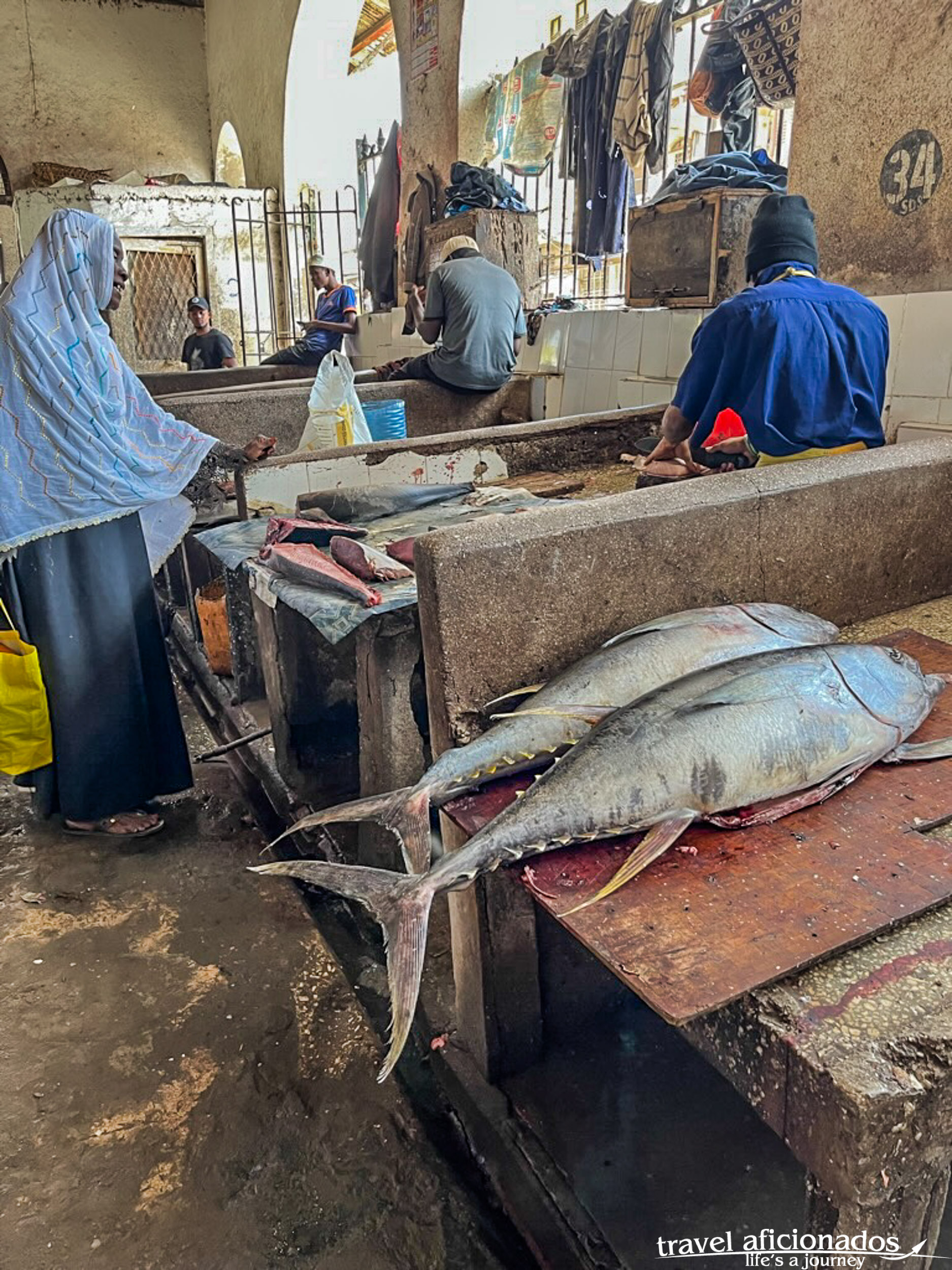
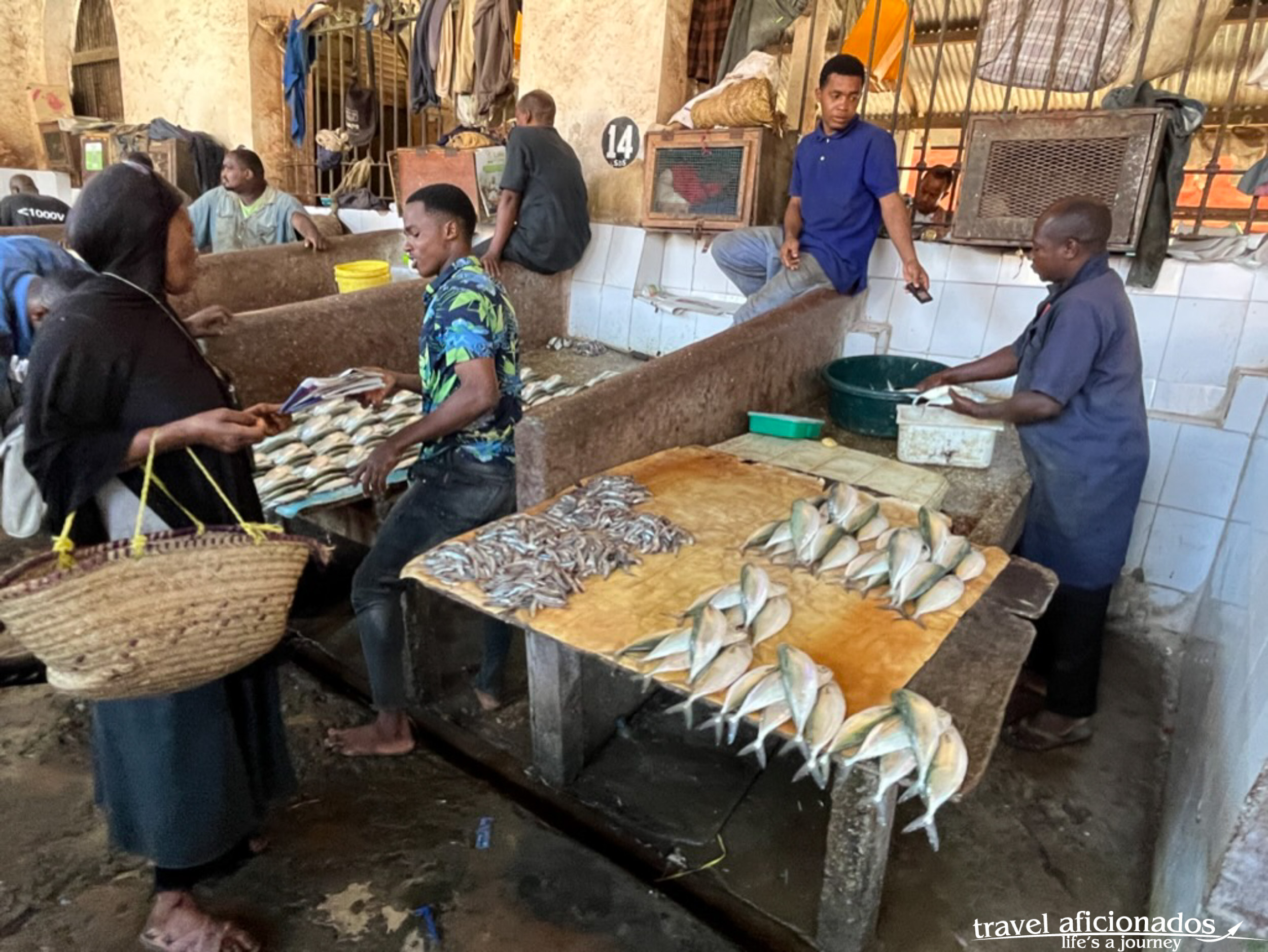
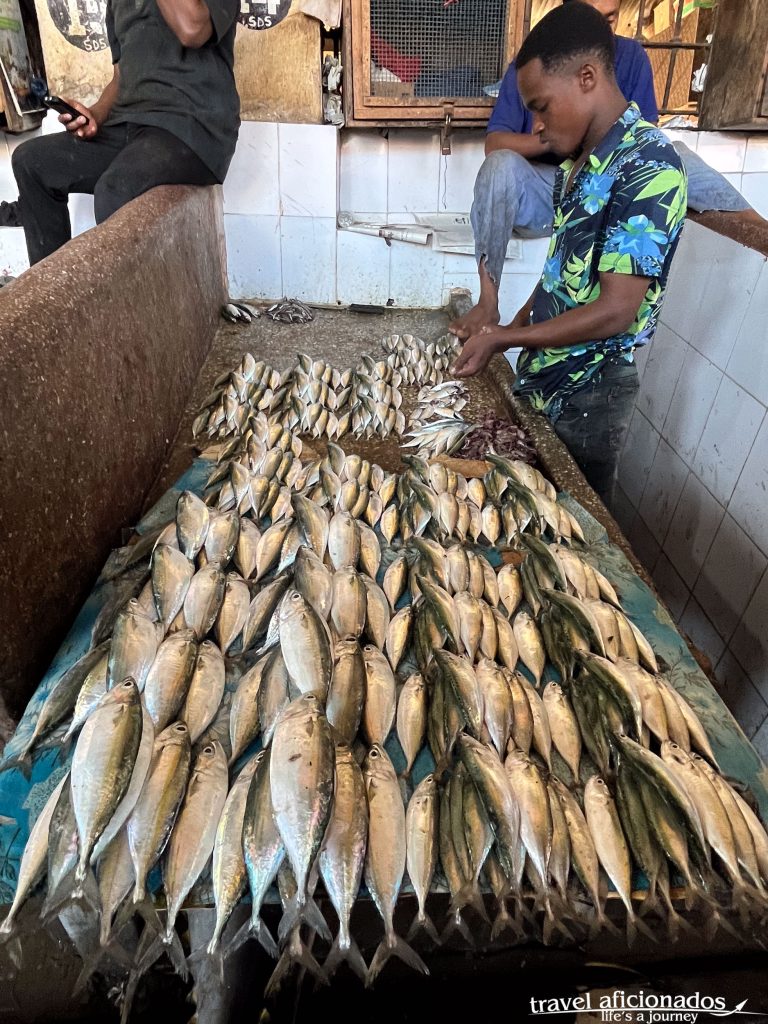
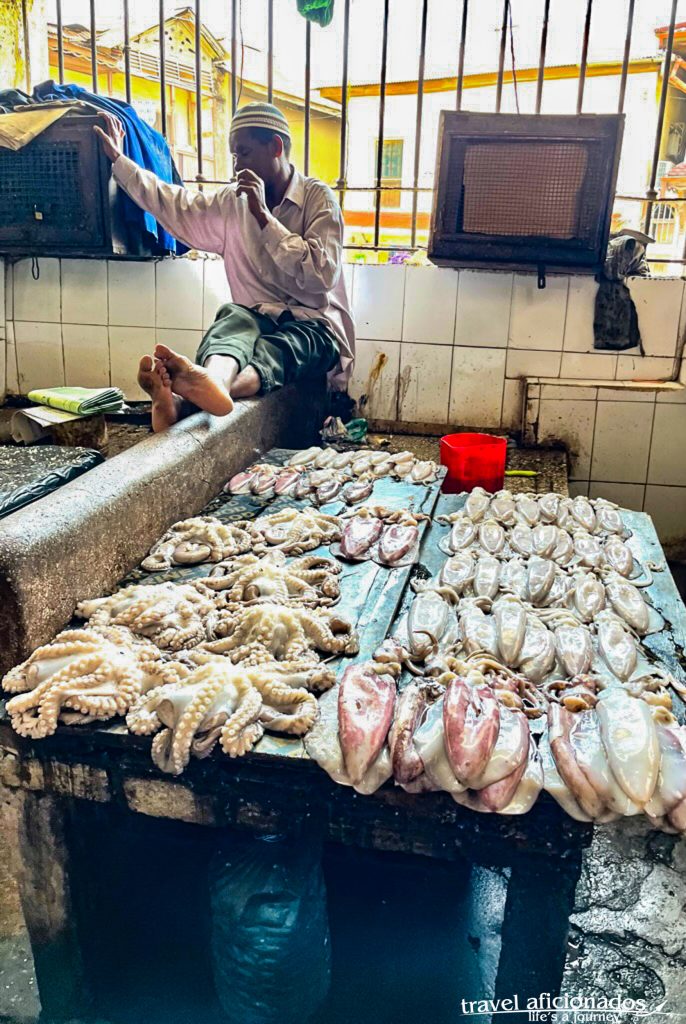
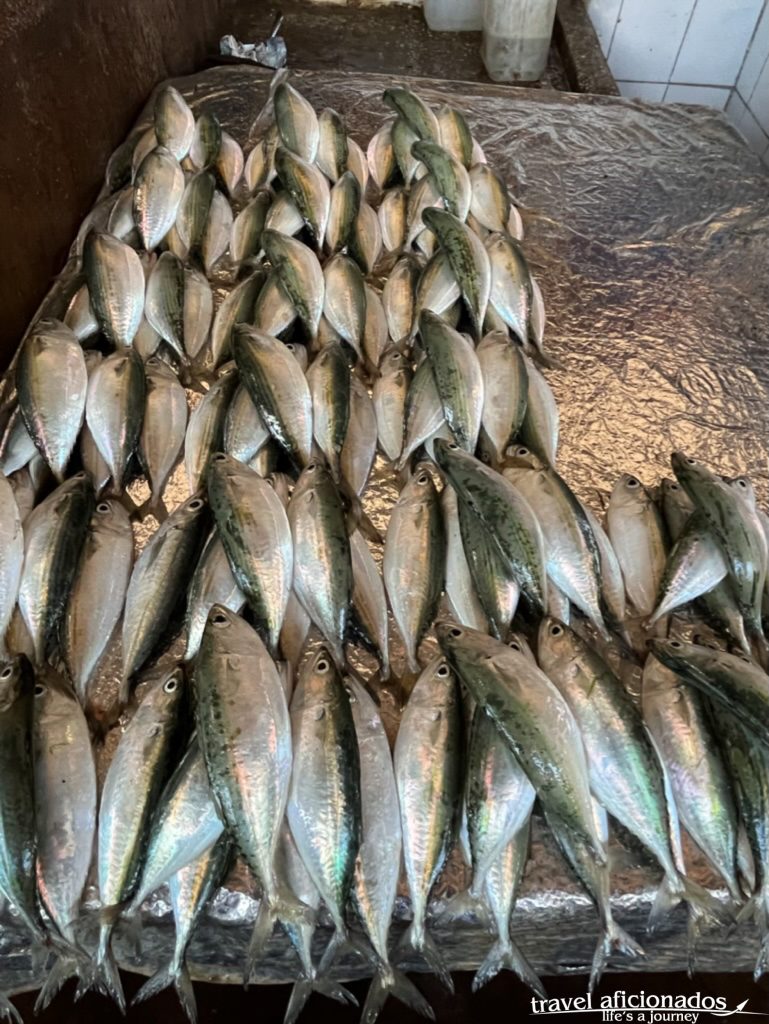
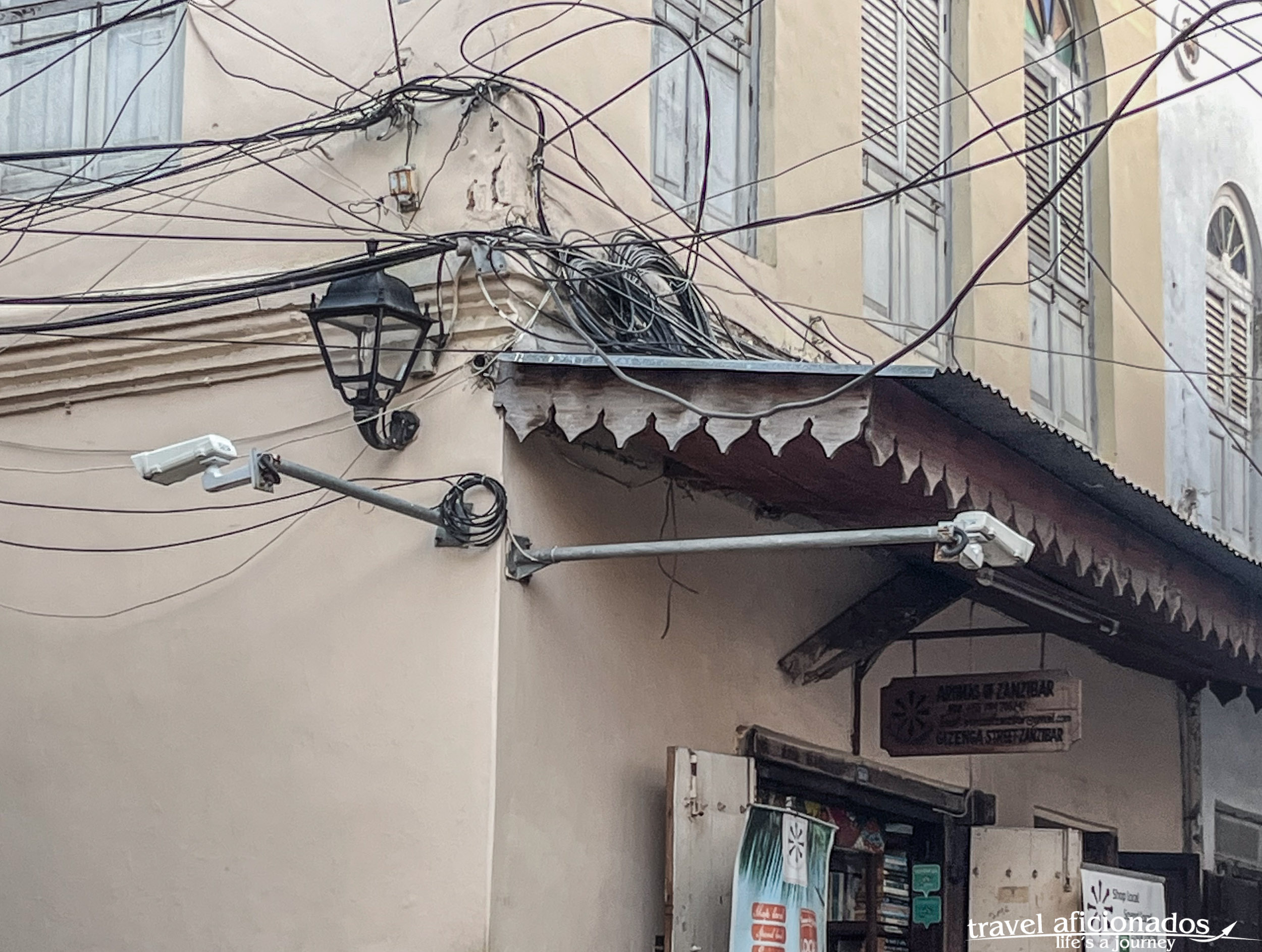
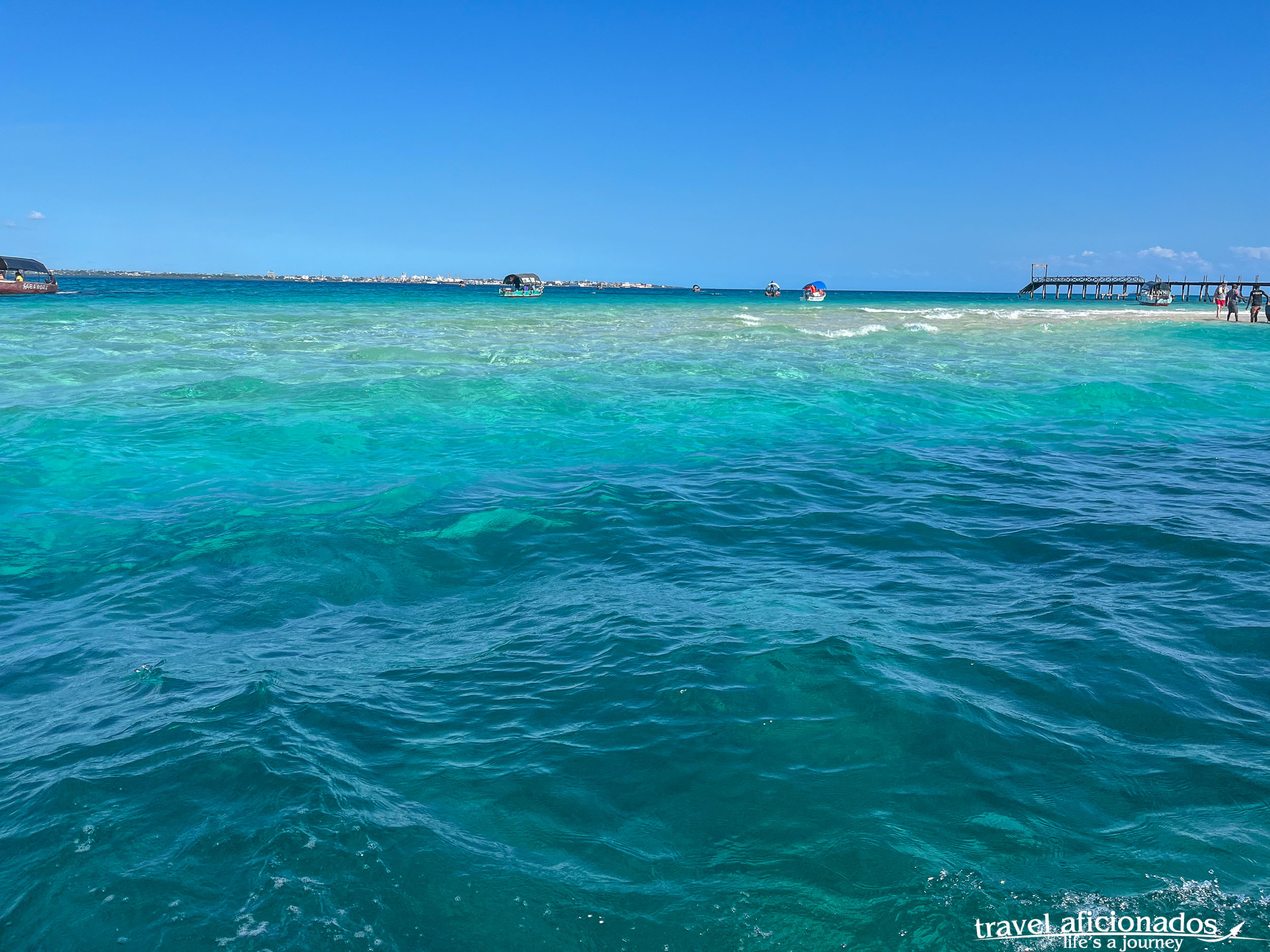
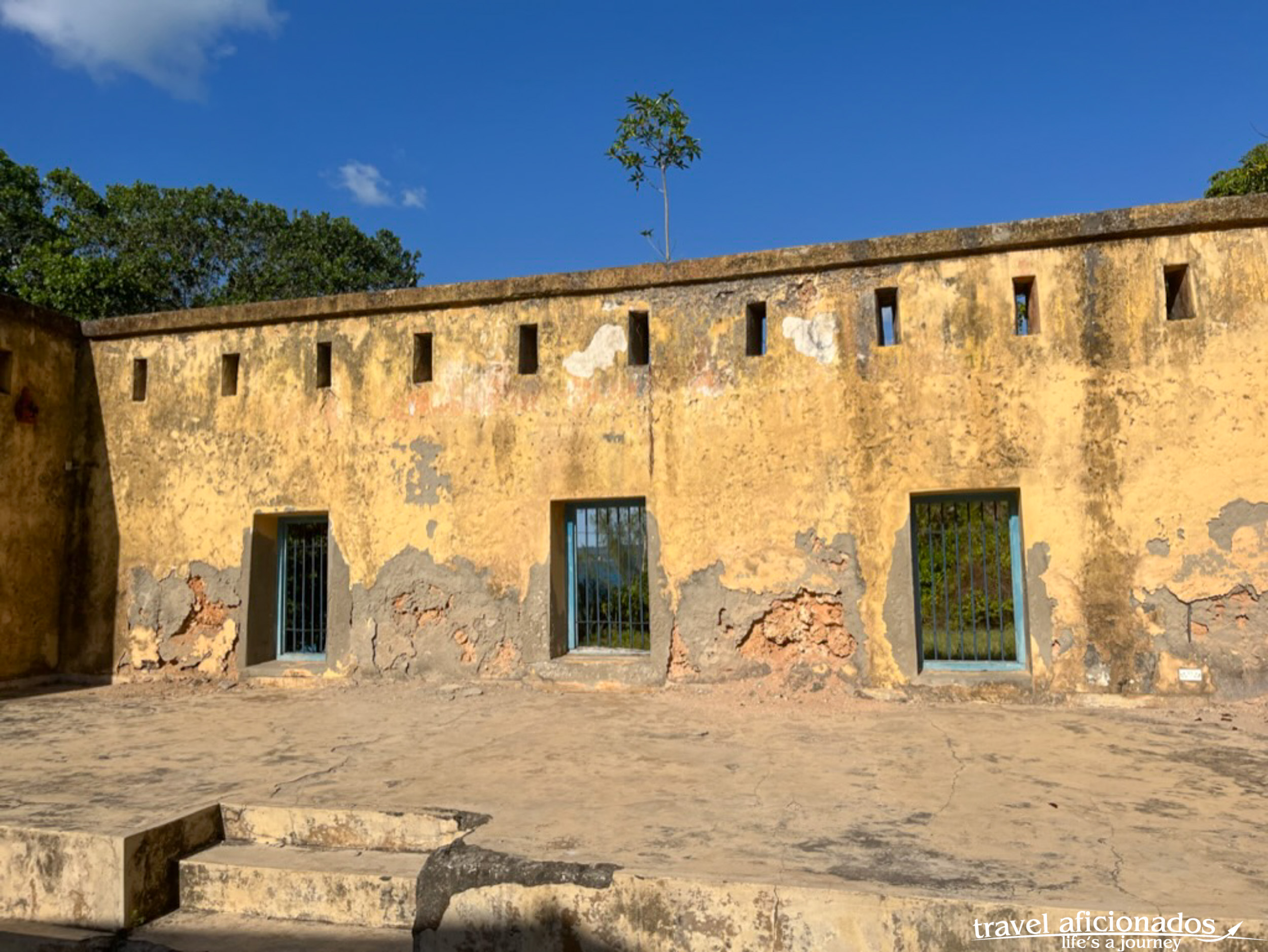
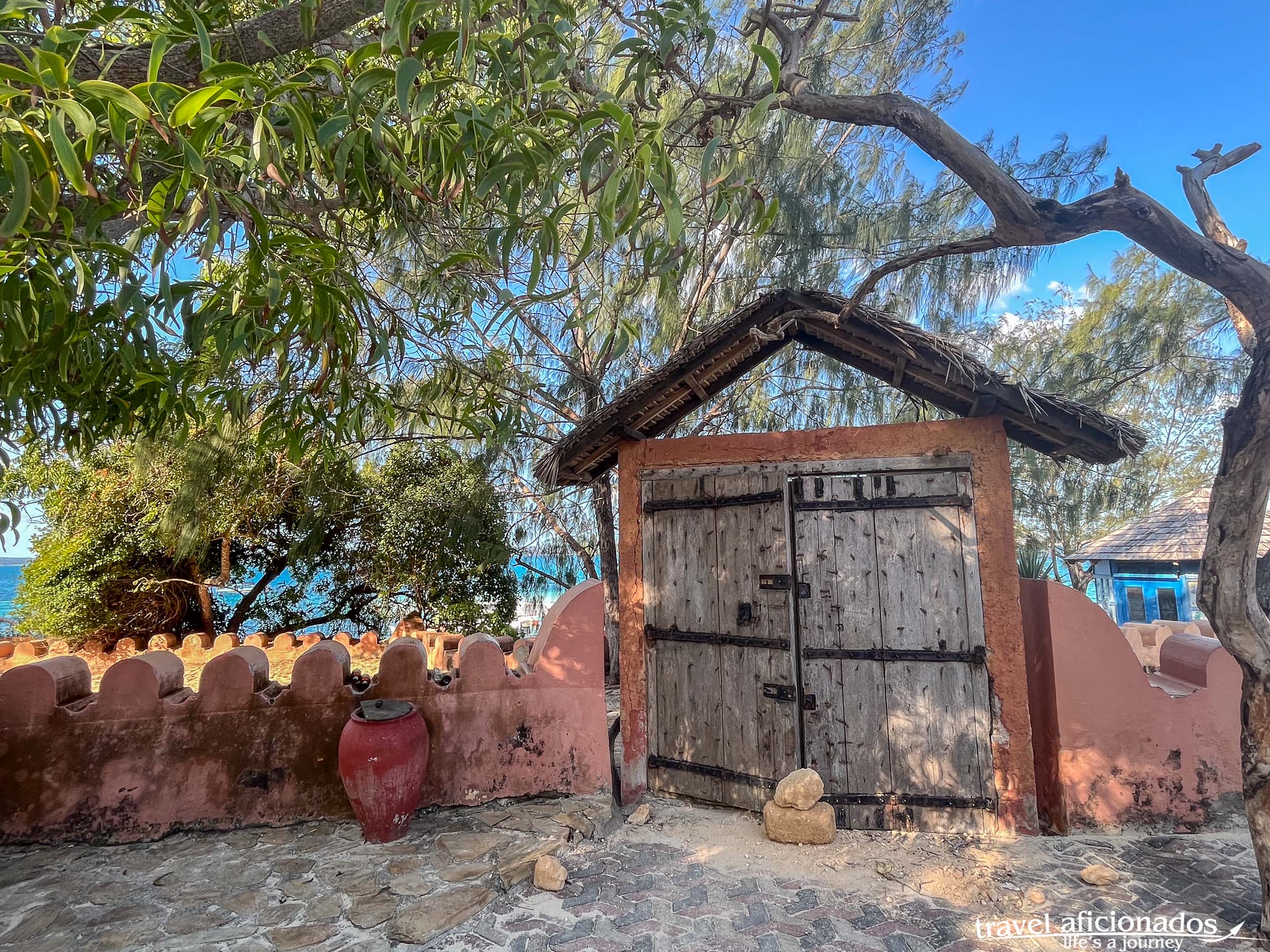
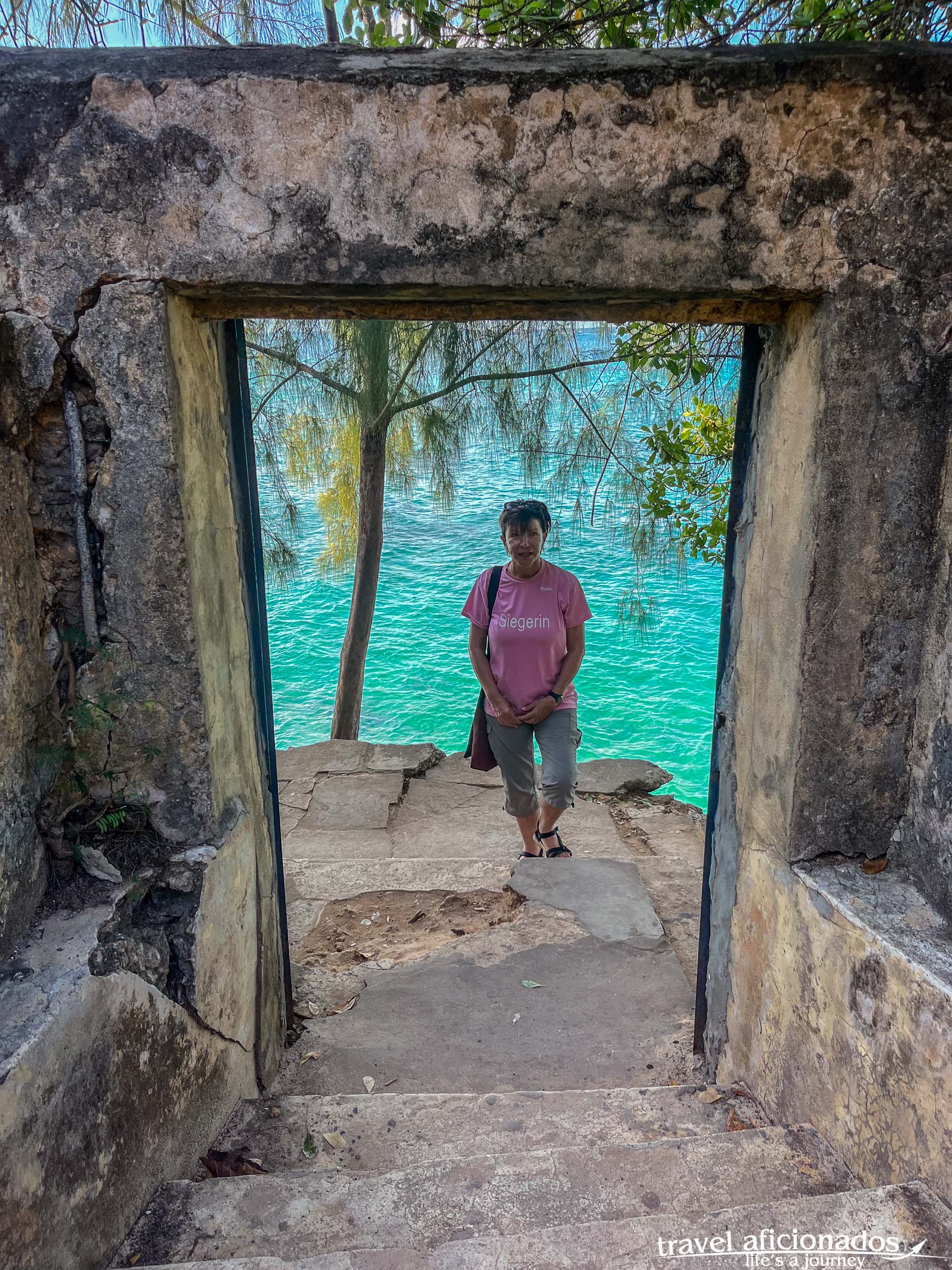
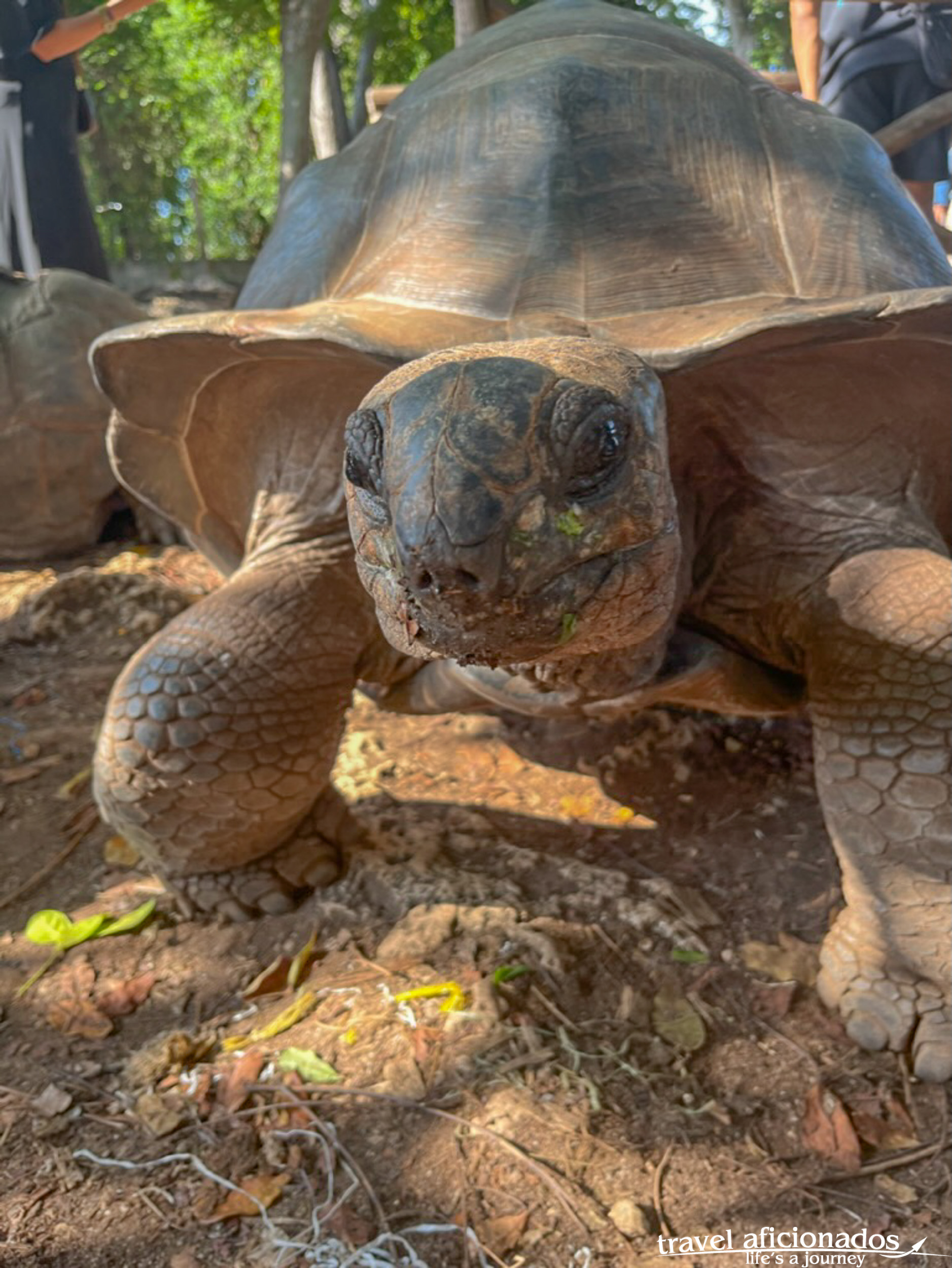
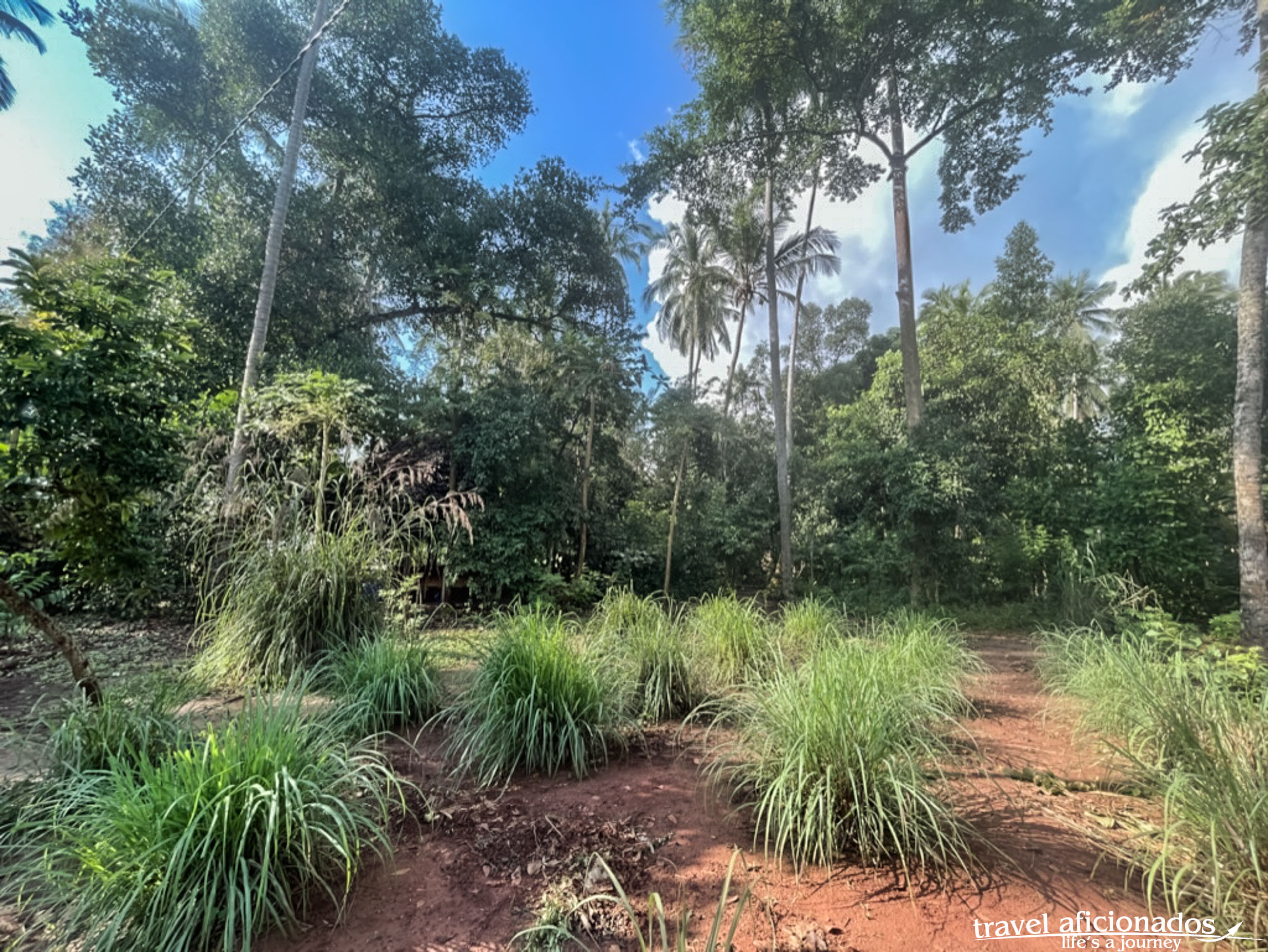
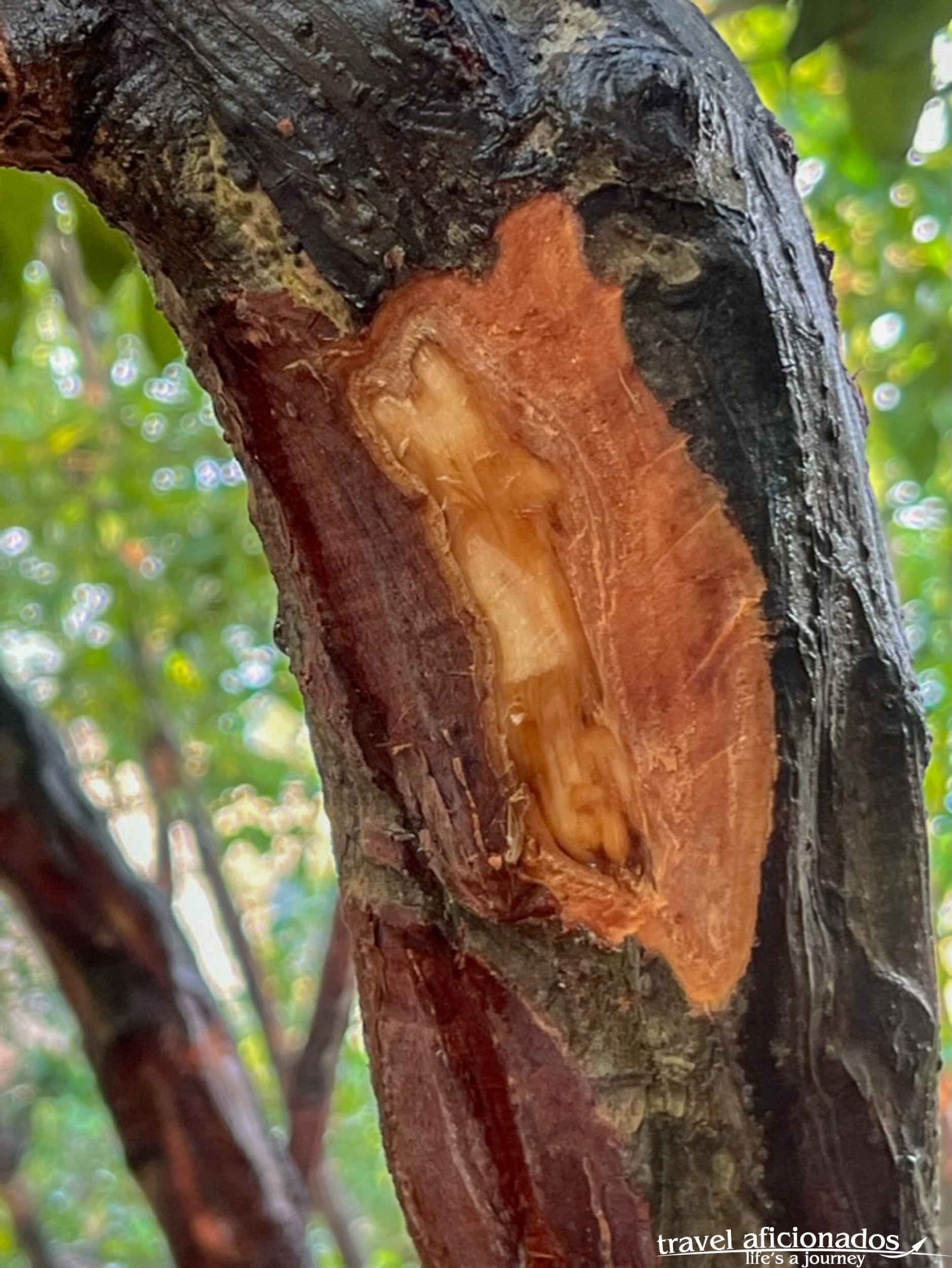
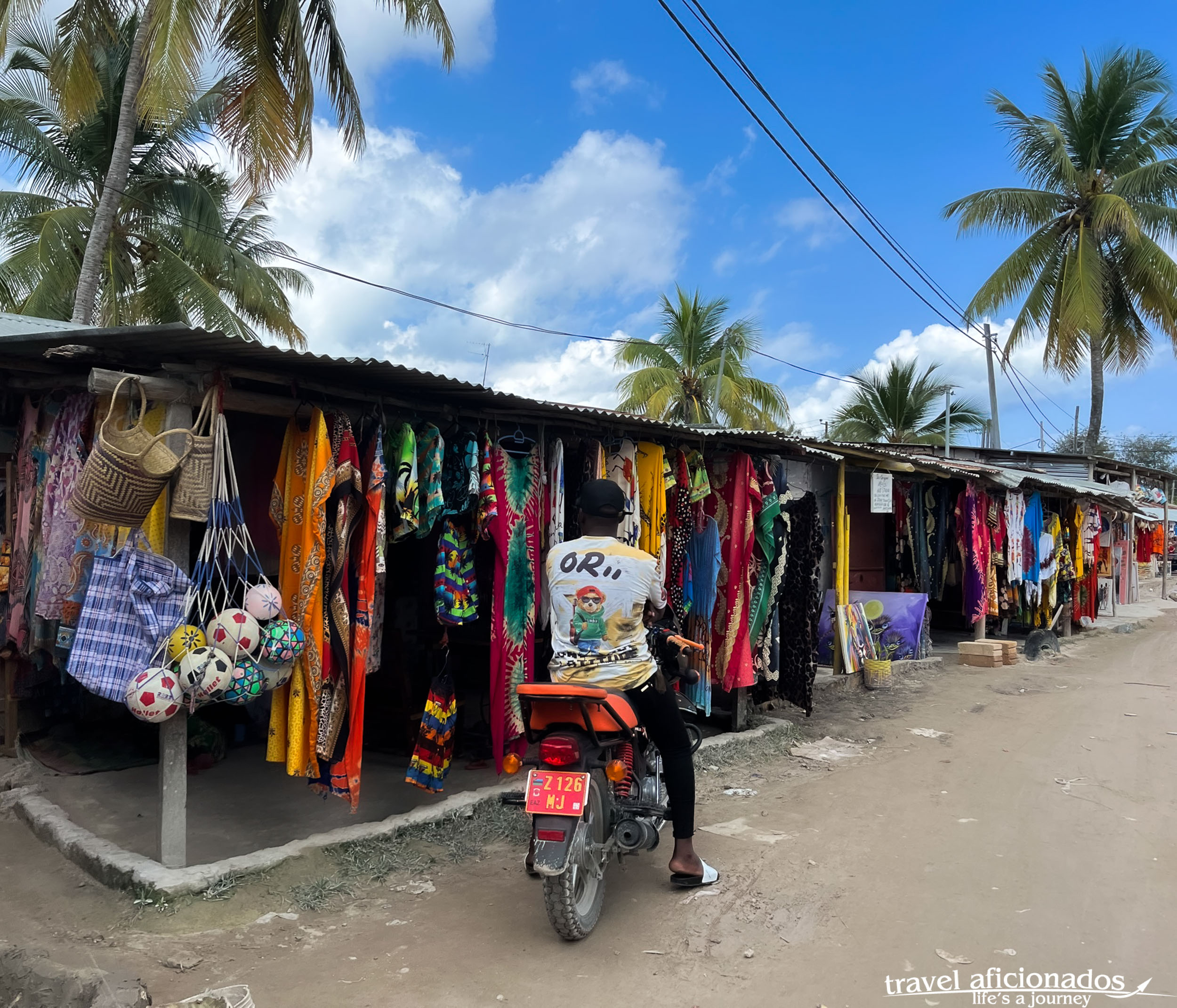
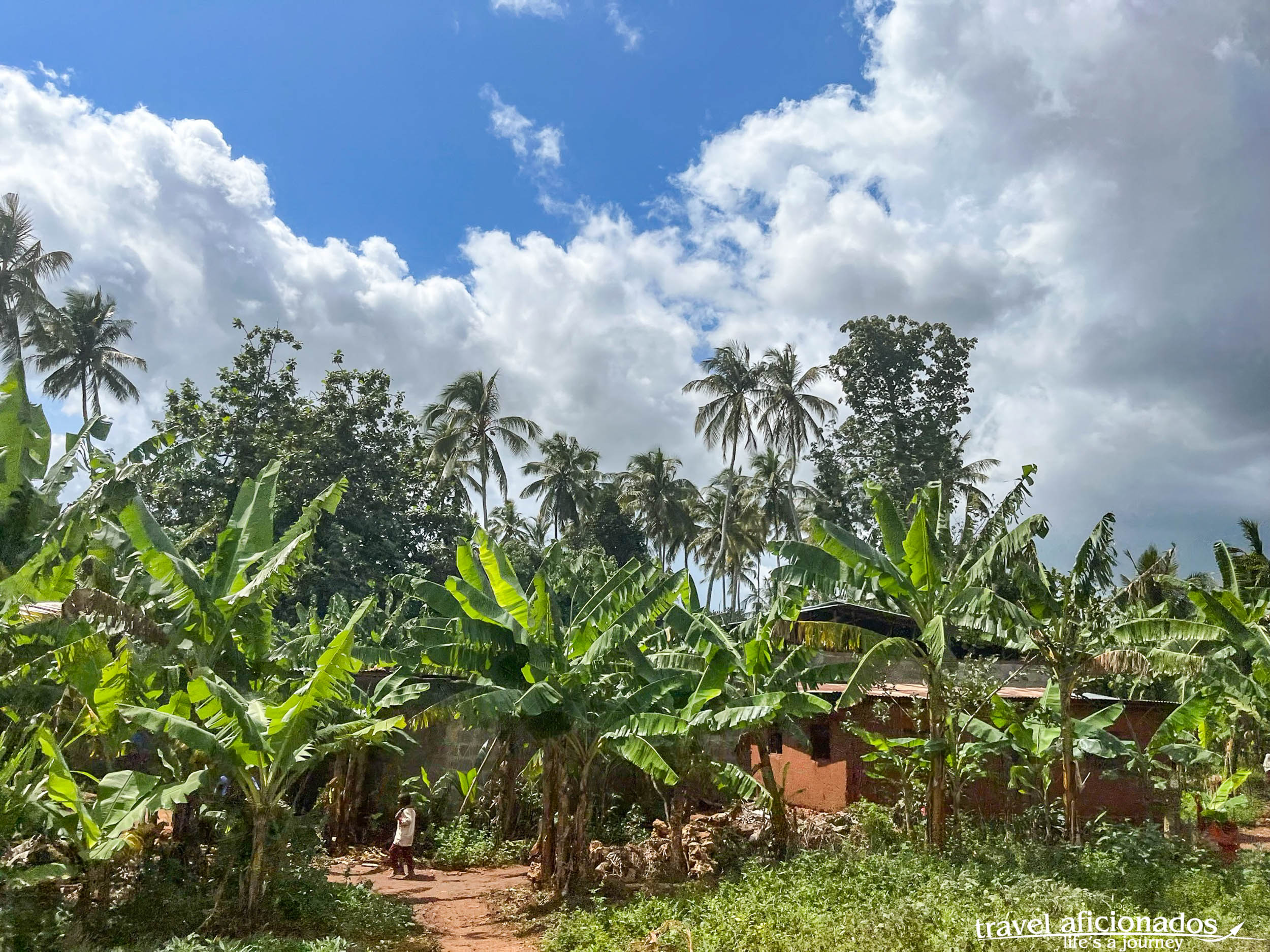
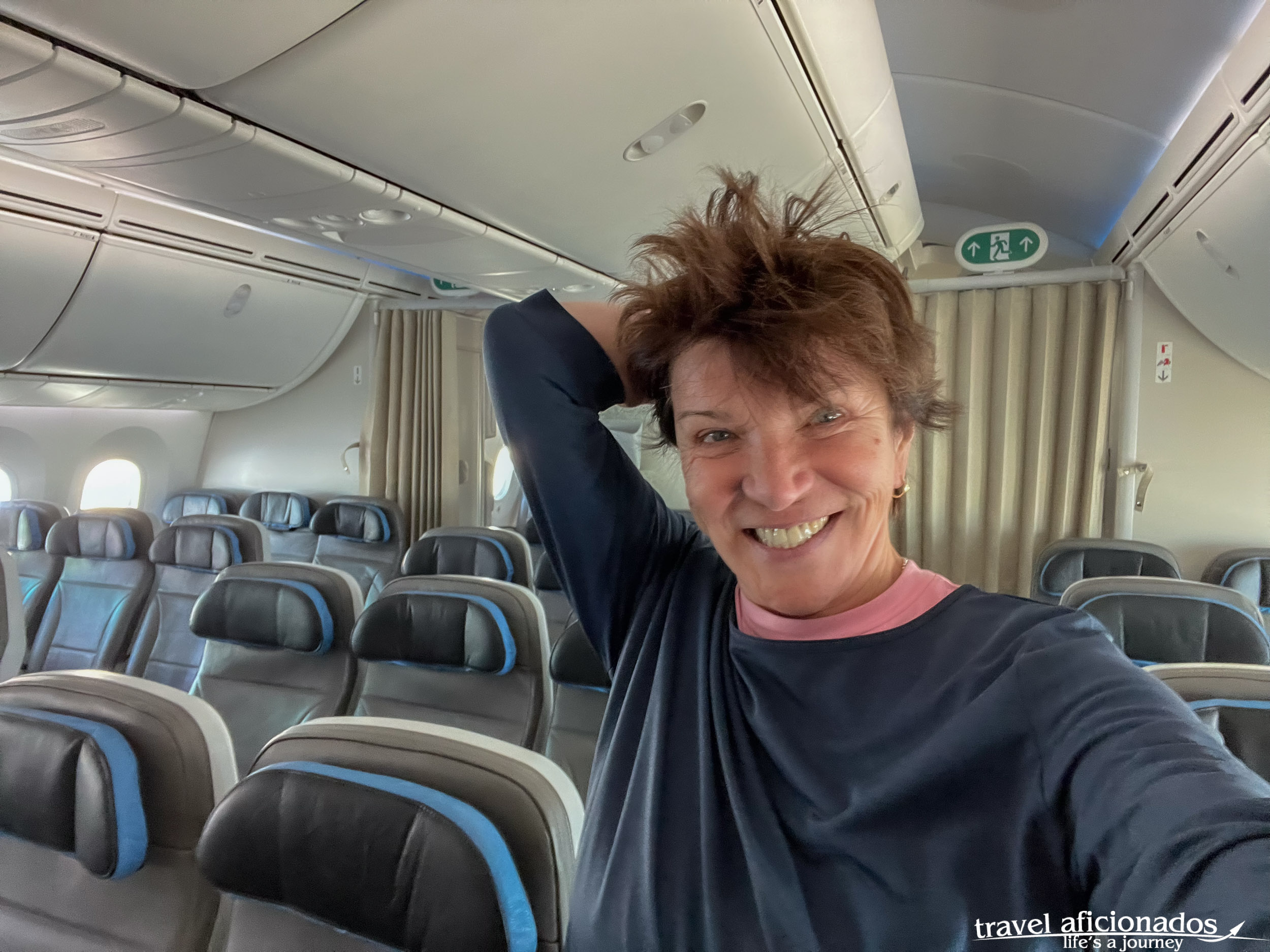
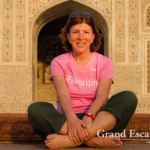
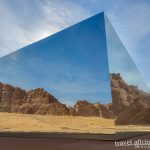
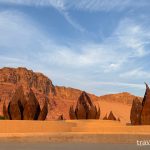
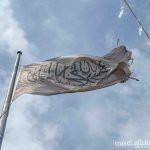
Leave a Reply